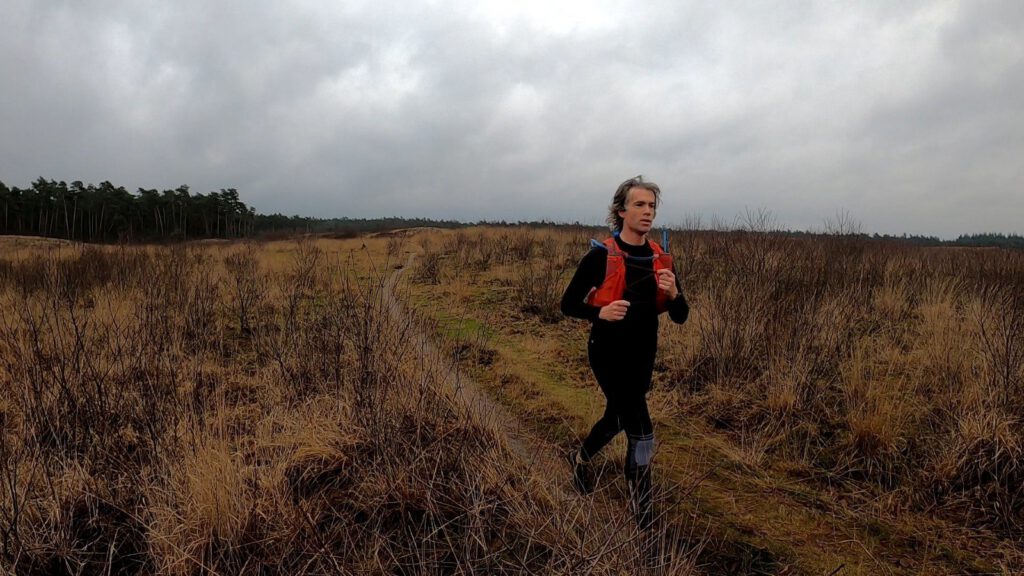
A hike across the Veluwe from Harderwijk to Arnhem in two stages. A year ago I did not succeed, but because of corona there was no official possibility of revenge. Would I be able to do the more than 100 km in 2 days without support?
In December 2019 I participated in the very first MST Veluwe Winter Trekking. To my big disappointment it became a did not finish (DNF); the first 55 km I finished, but on the second stage I couldn't get further than 7 km because of pain in my left knee. I would have liked to do a revenge last December, but unfortunately corona threw a spanner in the works.
At the end of 2020 I was so busy with a work project that had to be finished in December, that I postponed my holiday as much as possible and couldn't quite match up with Franny's vacation. Instead of a week before Christmas, I had the opportunity to take the first week off in January. And the holiday accommodations are very cheap in that week, which made my own self supported Wintertrekking an attractive idea. The biggest hurdle to overcome was actually the DNF: if you run alone, there is no van waiting for you in case of problems. But I had gained confidence from the previous big projects, and with a down coat and a phone for a taxi, I was able to convince myself to give it a try. So I booked an accomodation near the Exito, where we stayed last time. Now I had something to live towards again.
Funny detail: I probably wasn't the only one who missed this particular race. Just after I booked everything, MST came up with a self-supported package deal for the Veluwe Trekking. This also includes a more luxurious overnight stay. The route is probably slightly different – shorter – and you will have to bring your own luggage to the intermediate location and eventually home. For some people that undoubtedly has advantages, for me with my demands on medication and food that is a bit more difficult.
Planning for a solo
This version of the Winter Trekking had both advantages and disadvantages. If you go along with a supported trek, you don't have to think as much yourself. You start at point a, walk to b and leave there the next day to c. Your suitcases arrive at b without effort. If you do it yourself, you have to make sure that you can travel easily by public transport between the locations. In this case it meant that I had to extend the routes until I reached a station: the total length became 116 instead of 105 km. And it didn't really become a trekking, because I reversed the first leg of the journey so I could start reasonably early on both days and ’travel back in the evening without any problems.
Another drawback is that you have to bring a lot more stuff without support. That also means additional weight. Extra clothing (down jacket: Montane Icarus, approx. 600g) so you don't get cold on the way back to your accomodation, and extra food and drinks (3,5 l) that you could have taken at a care post. Of course, normal accessories such as the first aid kit etc. will also have to be packed.
Of course, there are also benefits. No leaving very early. No waiting in line for the toilets or competing for food with other participants. Less time pressure: you only have to leave the nature reserves before sunset. And most important: a good bed in a warm cottage instead of sleeping on a leaky mat in the freezing cold on a concrete floor. I couldn't get warm anymore last time and that in combination with lying on a rock-hard, cold surface, was the main reason for my pains which made it so I couldn't continue day two.
First stage
The first stage I ran in the opposite direction, from Beekbergen to Harderwijk. My goal was to be able to do everything as much as possible without a headlight. But the route was about 8 kilometers longer than in the original, so I left around 8 o'clock in the twilight. I kept the original route as much as possible, only at the end I missed the first night's stay in Hierden: it would increase the distance by a few more kilometers, so coming back in the light would be very difficult for a slow runner like me. But unfortunately that meant that I had to miss the beautiful stretch of brooks at that part of the route.
It was lovely and quiet in the early morning. In my own area it is now absolutely walking in a line through corona: all day long there are groups of walkers / runners walking at most 50 m from each other through the Zuid-Holland polders. Even when it rains. Here it took more than 20 km – to radio Kootwijk – before I approached the first people at a distance closer than 200 m.
In those first few miles I saw the world slowly awakening. First some deer jumped back and forth, and here and there I saw a little rabbit. After the transition from dusk into daylight, they disappeared from sight. Colours and bird sounds came back for it. Especially reddish-brown leaves and green pines caught my attention.
It's always special how different a route looks when you run it the other way around. This time I started on a section of which I perhaps also remembered relatively little, because I was quite tired there last time. The avenues were wider than I remembered. Only here and there I could recognize places where I got back together with the run-walk-runners and Remco. Somehow those places stick better than when you're running without problems.
My way of running was very different this time. Gone was the fear of arriving far too late. Even though I didn't have a time limit of 8 hours, like during the race, I had to be in urban areas before dark. But the last couple of months I gained a lot of experience on the long distance, so I was much less worried about that. In any case, it meant that I didn't start like crazy. Whether that strategy is good for the end time is still debatable, but it runs much more relaxed.
Hyper-day
In terms of pace, the run went nice and quiet. Still, I didn't feel very good. I clearly noticed that my body was a bit more cramped, had a dirty taste in my mouth, was thirsty and felt reluctant. A lot of diabetics must have noticed by these signals that my blood sugar was much too high. The sensor didn't work, but after sticking it turned out to be 18.9 mmol/l an hour after the start. More than an hour later it still was 14.3 mmol/l. It meant that I didn't have to eat or drink anything in terms of carbohydrates during the first three hours. But indeed also that I didn't feel good and that the legs felt heavier, which made running less pleasant. I decided to wait it out instead of trying to fix the sugars, in the end it should slowly go down again. From 4 hours on, the blood sugar meter didn't work anymore because of a low battery, I started eating again after that as I felt like I was being slowed down because of too low blood sugars.
The annoying thing about diabetes is that a strategy doesn't work equally well every day. In fact, I did nothing I did not do otherwise and started immediately after eating. So it can't be because of waiting too long either.
Contact
In spite of the fact that we were Wintertrek with only 50 runners the previous Wintertrekking, I still saw a number of fellow participants during the run. That often helps when you are feeling tired and out of it. In this case, however, the running went much better and it was not really necessary to meet others. Still, it was nice that a cyclist spoke to me for a while. He couldn't walk long distances aymore, but was interested in ultrarunning. Conversations like these on the way, make the run feel shorter.
It wasn't until the end of the route, when it was dark, that I felt like wanting to quit. Actually not so much because of the distance or fatigue, but mainly because it got dark and almost the whole route to station Harderwijk went through nature reserves where you weren't allowed to be after sunset. Funny enough, however, it seemed busier here than elsewhere. There were still quite a few hikers around half past five, two men even made a campfire on the moor, and I met a whole group of cycling children. They saw me – now lit – as ‘ woah an alien’ in my X-bionic pants and long-distance equipment with protruding straws on the drinking bottles.
In the end I was happy to arrive in Harderwijk itself, where I was allowed to wait in a snack bar until my food was ready. While running I didn't really notice it yet, but the temperature was around the freezing point and when I stopped or walked I cooled down very quickly. Even with the down coat I could hardly stop shivering when I had to wait half an hour at the station. Main reason: I didn't bring overpants.
Second stage
The first day actually went pretty easy for me. But that was to be expected given my earlier runs. The real test would only come in the second stage. Last time I stopped after 7 km and thinking about it already gave me some mental stress. Luckily I was much better rested now because of the warm house with a good bed at my in-between location. The fact that I was greeted by a squirrel in front of my house at the start gave me extra confidence.
The route started at the Loenen waterfalls. Even this early in the morning, I saw a number of people there, including boot campers who were training there while their dachshund was standing in the stream. Very funny to see. It was a prelude to the route, because towards Arnhem it was much busier on the paths than in the direction of Harderwijk.
Last time I ran along the stream for quite a while and later I had to change banks. At that time that point was somewhat unclear, so this time I decided to run directly on the left bank. I saw it as a bit of a nightmare to have to walk across a water lock to the other side, as I saw other participants do last time. But that turned out not to have been necessary either. Apparently on the second day I was just a bit stressed at the time, because both the lock and the water now looked a lot less intimidating.
Running itself was slow, but the muscles actually felt pretty good. This time the delay was not so much because of stiffness, but because of fatigue. And in too low blood sugars. Despite the hyper of the day before, I had decided to stick to my nutritional strategy. This day translated into a hypo within the hour…
Past the parking lot
I ran this stage in the right direction. That also meant that there was the phenomenon of the recognizable pain points. At my second Rotterdam marathon I also suffered from that: around 25 km I was very low the first time and found it difficult to continue. That memory reappeared when I passed that point and my body forced me to hold back and check the blood sugars. On the Winter trekking I didn't really manage to make any speed until I passed the parking place in question.
After that I was actually curious what the rest of the route looked like. This stage was one with a lot of open heathland, fields and sand dunes. Great landscapes to completely immerse myself in. That didn't mean that I only ran on wide paths; there are a lot of single tracks here as well. Often more beautiful to walk, but also a bit painful because my hips are just a little too wide to run on those. If somebody has technical tips for that, I would like to hear them.
To some extent they were also known routes. Of course Mark had set up his favourite Veluwe monuments there: the Posbank with its rolling hills, the high stairs next to the small coffee stop and the purple bridge could not be missed. On a tree stump I changed my softflasks again, like I did in the summer at my trip around the heath.
What struck me, by the way, was that this year there were many more signs with rest areas for the animals. New signs, also on some parts of last year's route. I strongly suspect that these are the result of the increased number of visitors in nature reserves as a result of the corona crisis. Luckily for me, it was fairly easy to run around them using the watch. Just zoom out and there were often detours that only meant a few hundred meters of additional distance.
Dieselpower
Was this second stage really much harder to do than the first? Well, the body did feel good. But the speed wasn't really there and I was tired and had too low blood sugar all the time. On the sand drifts near the Koningsheide I had enough of it for a while. It just didn't go well. The rest of the time it was relentless forward progress at a pace that was somewhere between walking and running.
Even though the distance was much shorter, I was a bit worried if I would make it out of the parks of Arnhem in time before dark. I had left a bit later this day because it would only be 53 km and because of the low pace I started to have some doubts about that decision. Luckily also here it turned out to be very busy at dusk. There were a lot of dog walkers in the parks, so it wouldn't be a problem for me to run there either.
The roads around Arnhem already feel very familiar. It is one of the finest/reachable training areas in the Netherlands for me in terms of altimeters. So I really had this feeling of nearing the finish, I could already smell the station. And I knew there would be food there: the Burger King was still open.
Once in the last park (Sonsbeek) a heaviness fell off my shoulders. The revenge had succeeded, this time I had reached the distance without any noteworthy problems! That last part I could easily finish, even crawling it if I had to. What a difference with a year earlier, when I, after warming up at the scouting, could not even walk the last part to the station because of the painful knee…
Although I think this corrects the DNF, I would certainly like to do the trekking for real again in a normal match setting. Racing adds to the experience. It is heavier in terms of nutrition, but it also means that you focus more on time. And of course I still miss the certificate and the medal that go with completing the route.
Nutrition: hyper versus hypo
In terms of nutrition I tackled both days pretty much the same. Still, it turned out very different. The first day the blood sugars shot up and didn't go down for the first few hours with all the consequences. The second day, it went down quickly. That last effect, continuously low blood sugars, I often also have on an ordinary rest day after a long run. Because both times it turned out so differently, I will not get into the fueling this time.
Betadine part three
Strangely enough, most running vacations require some kind of disinfectant. This time it wasn't a fall with an open wound, but a giant blister under the nail of my big toe. In fact, the evil had already happened before I left for the Veluwe. Somewhere I had bumped my toe and it was already painful before I had ran a single kilometer.
Day one, it all went well. On day two I couldn't get into my slightly smaller Superior 4.5 (half a size) because the toe was so thick. And at the end, the nail was pushed up by a huge blister. The cuticles looked like shrink wrap… Of course I deflated the blister a couple of times, but it's tricky because it's completely under the nail. And the moisture was light yellow, which indicates inflammation. So on day three I walked 9.99 km to get betadine in the nearest village…

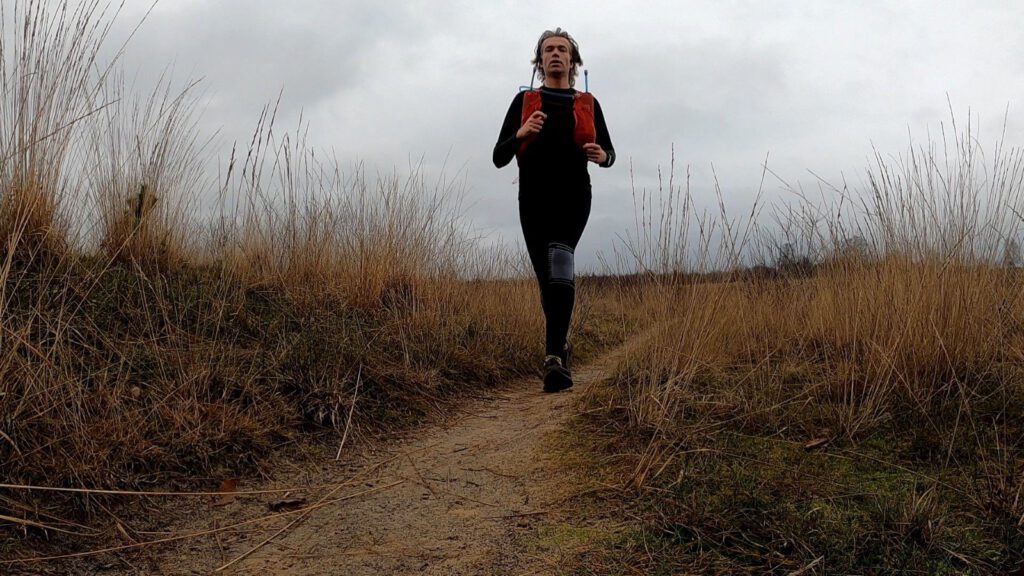
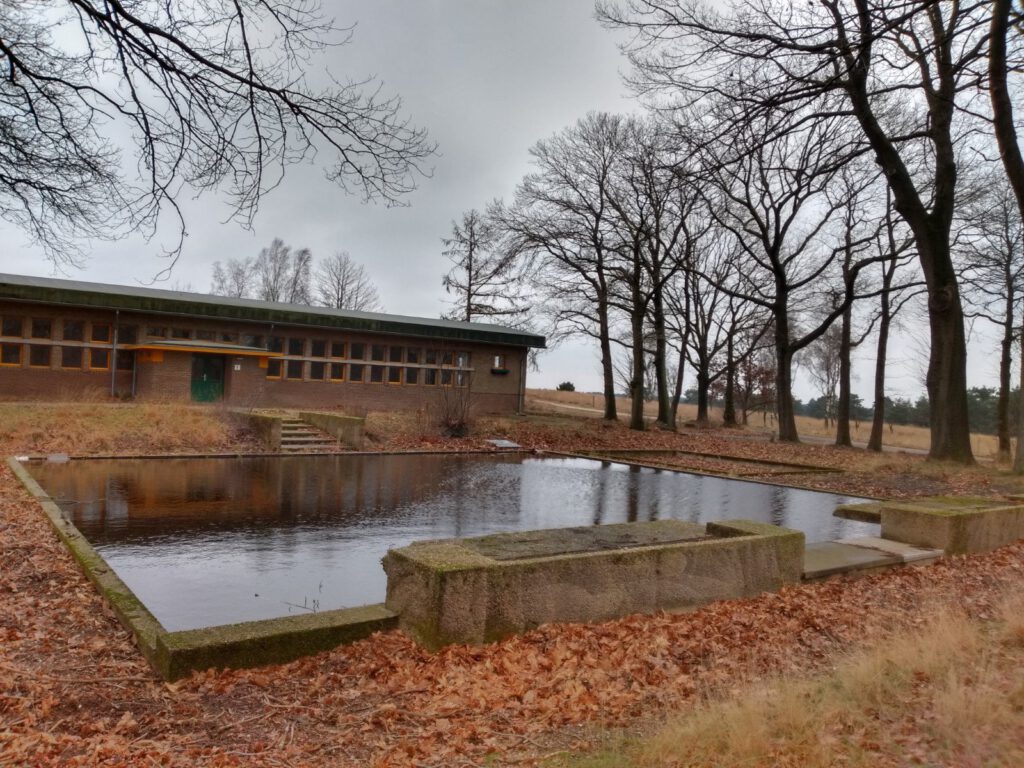
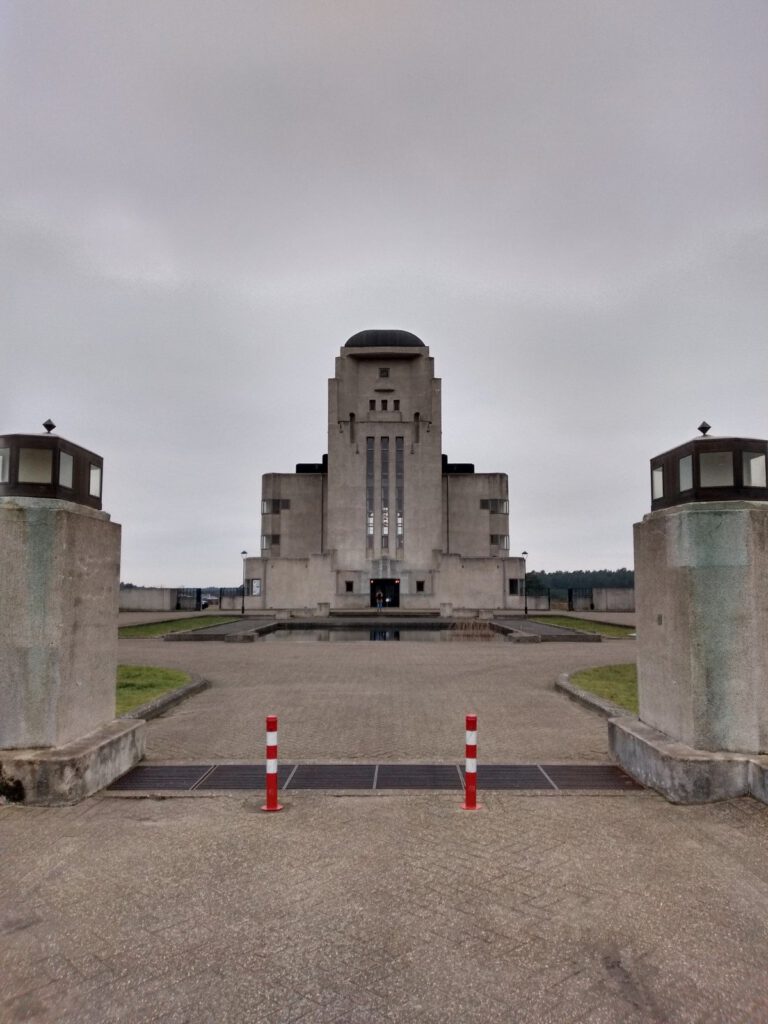
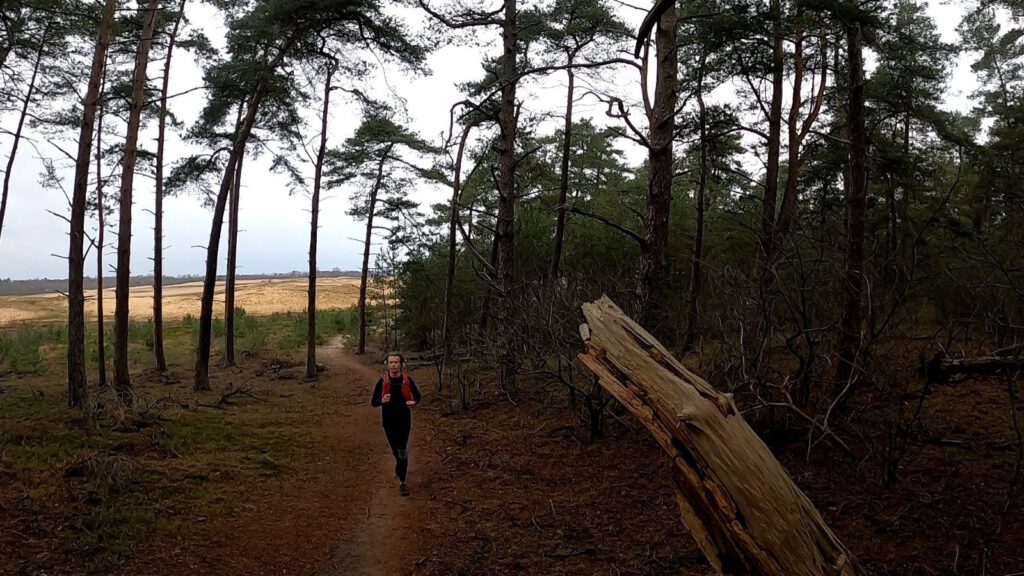
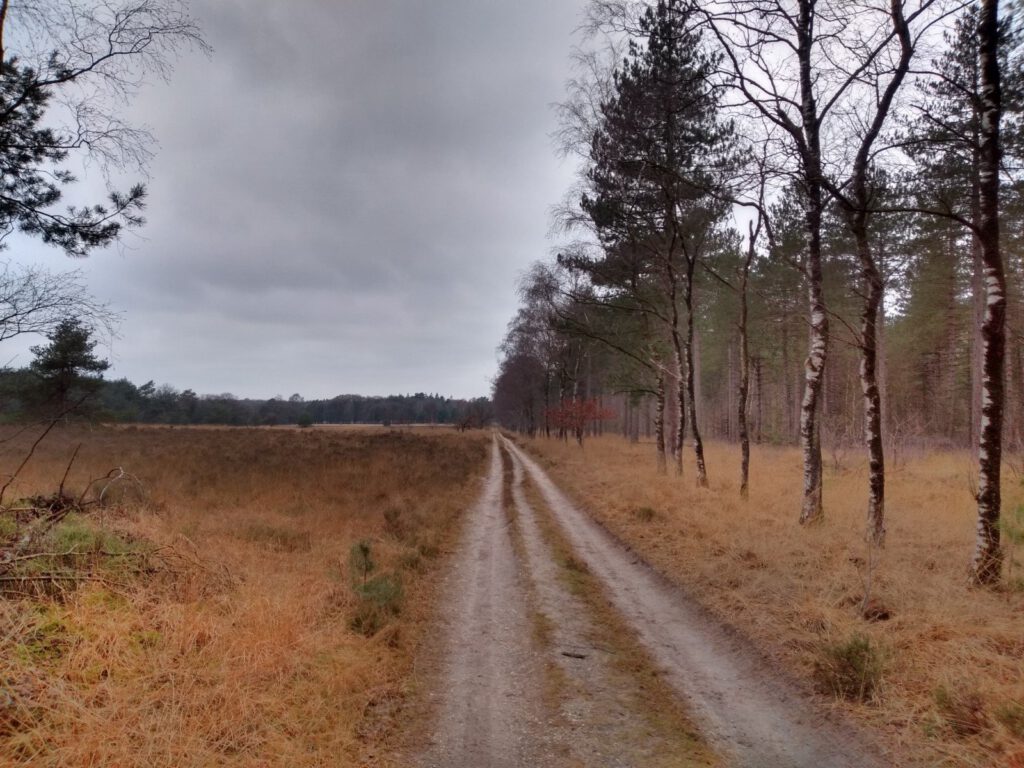
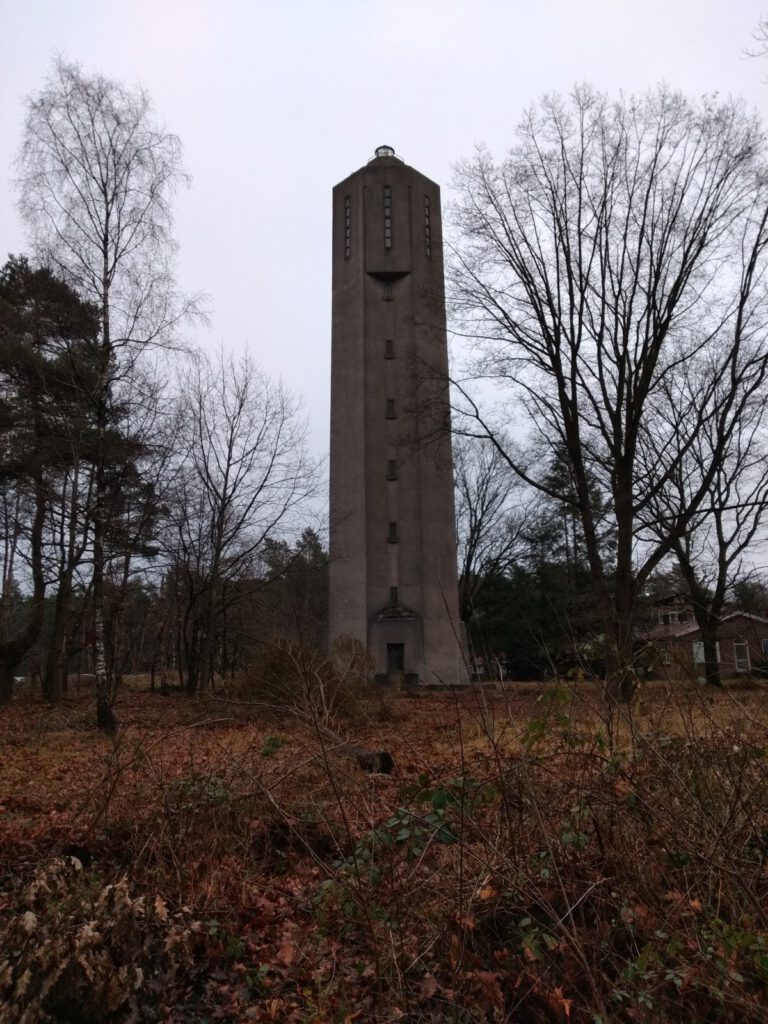
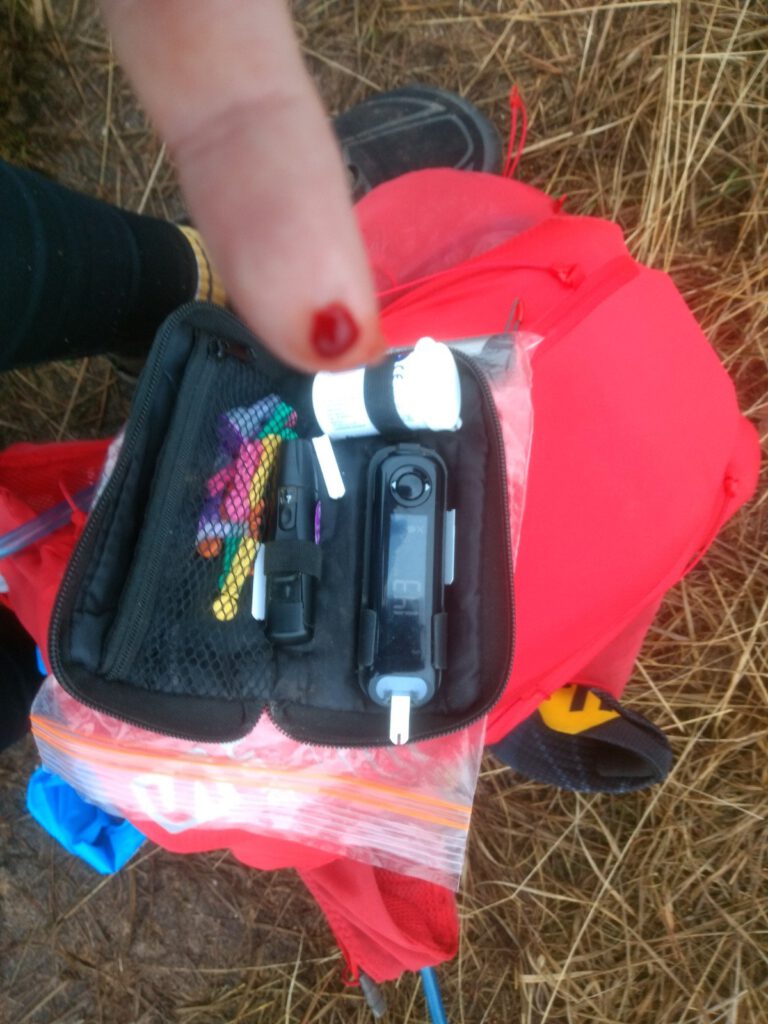
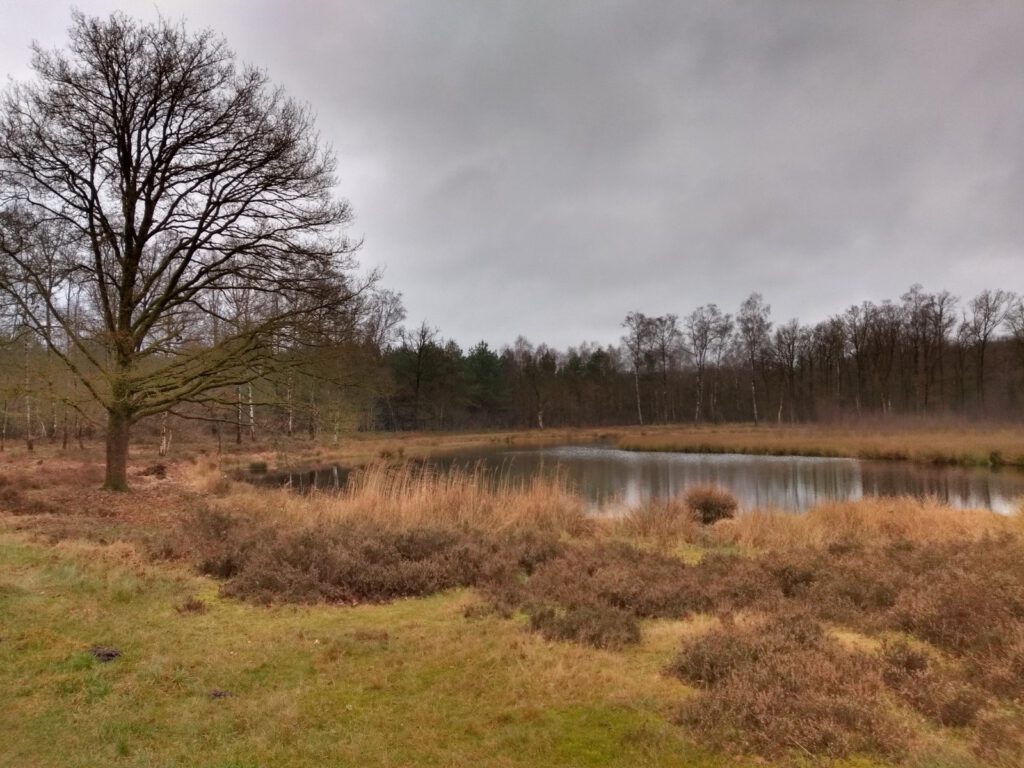
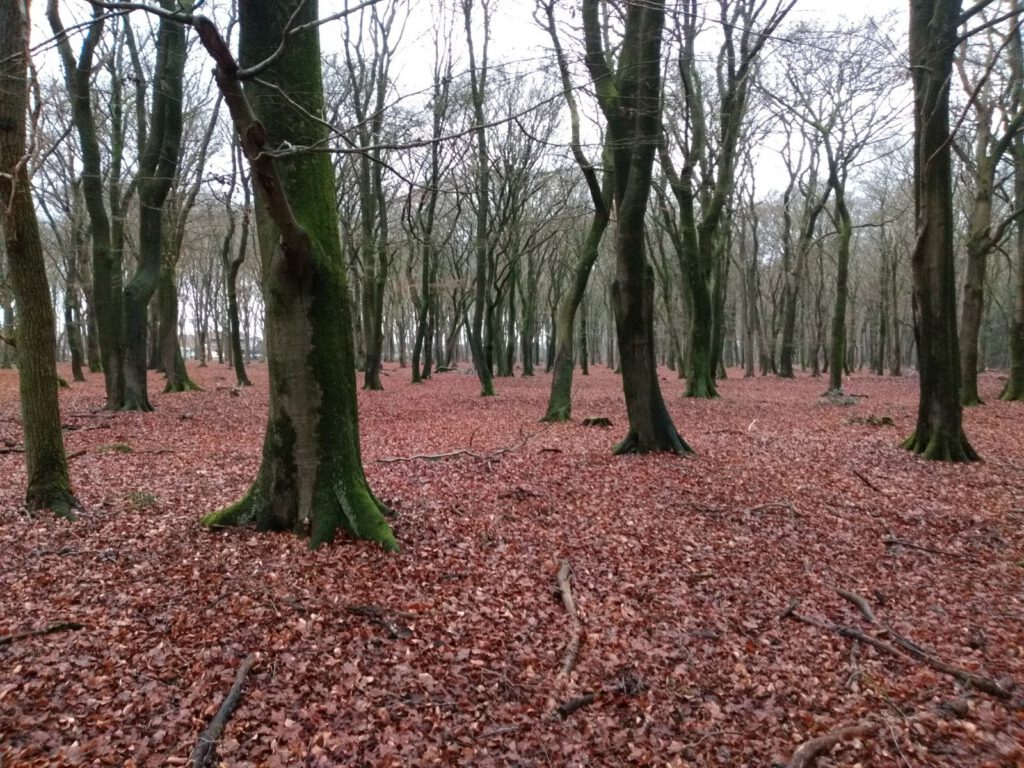
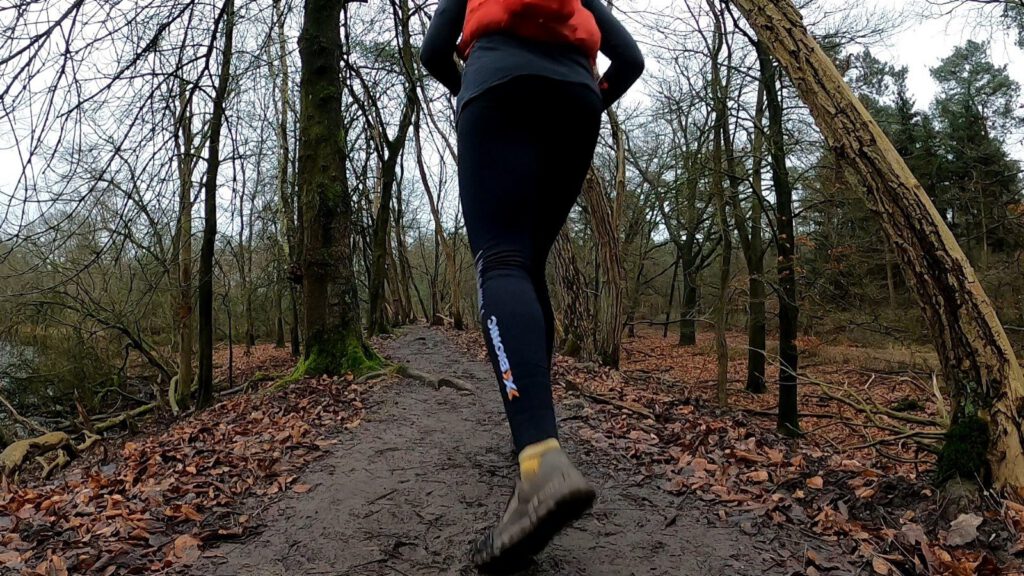
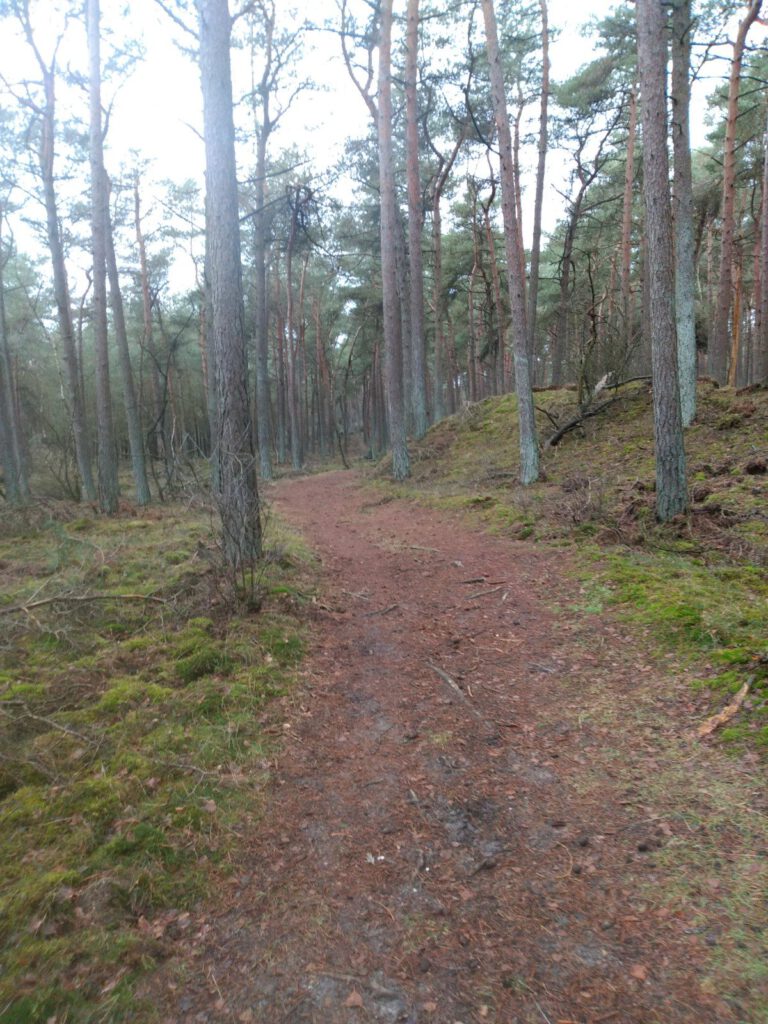
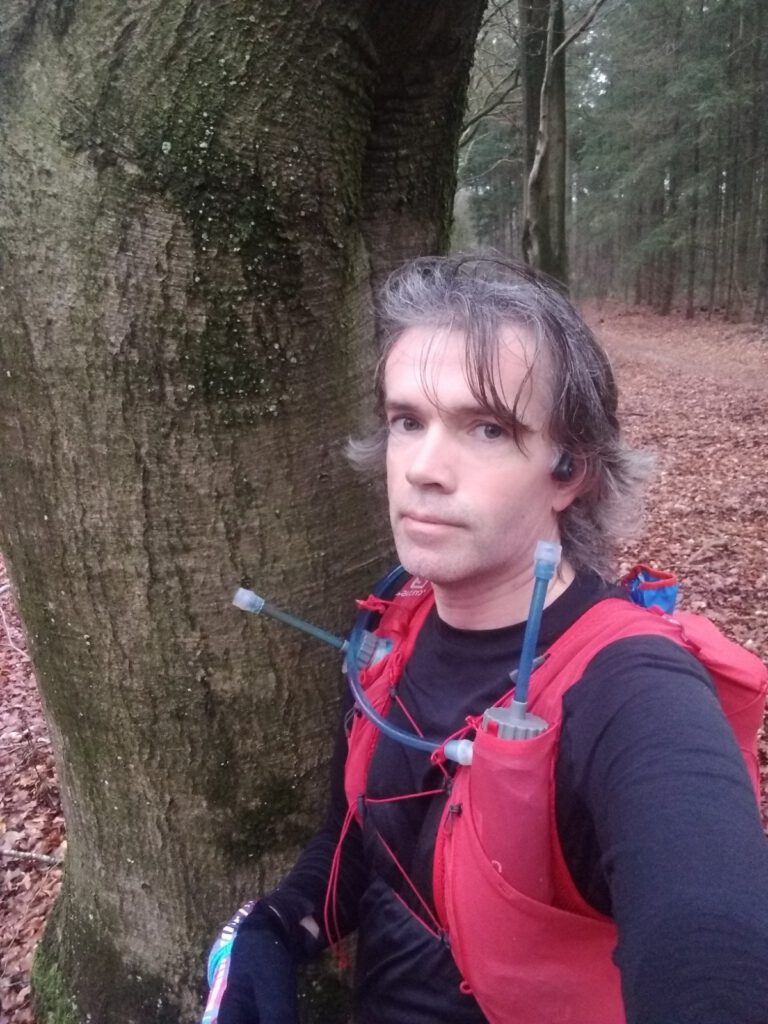
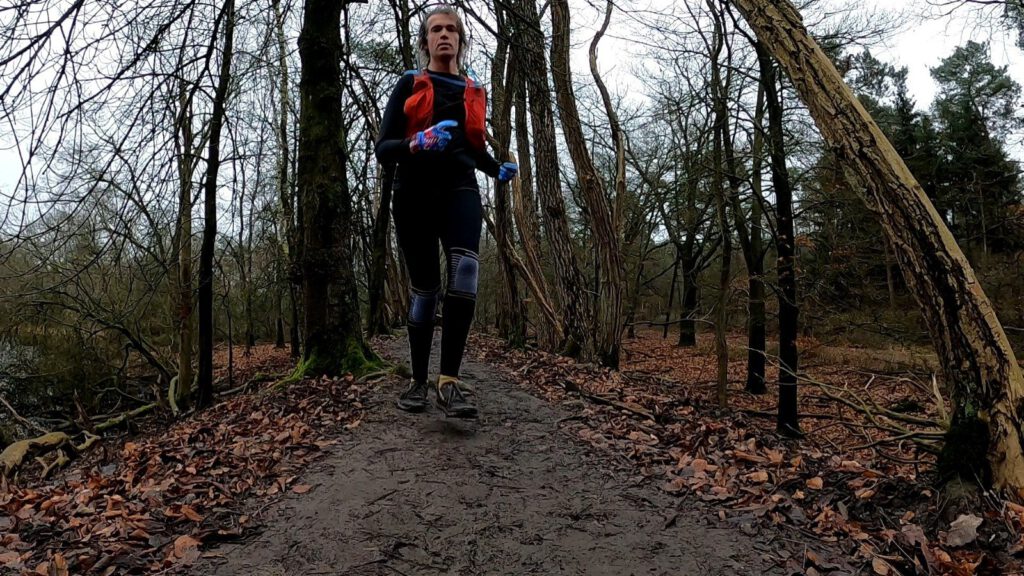
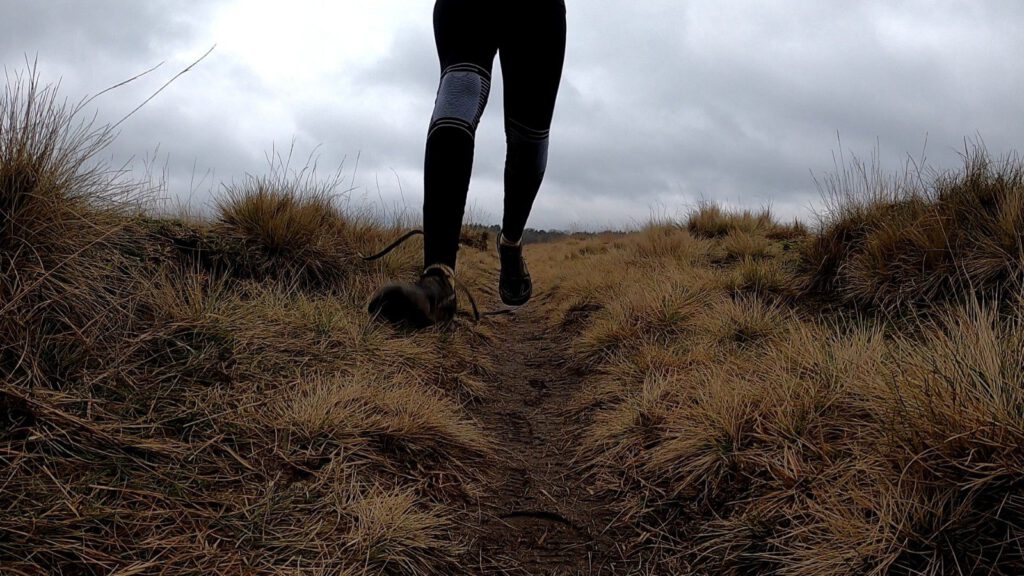
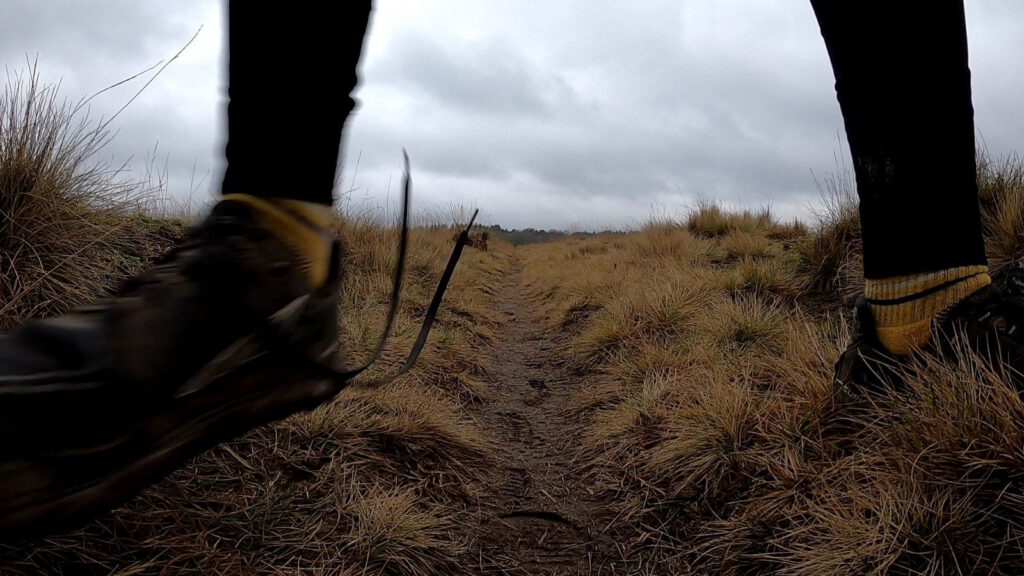
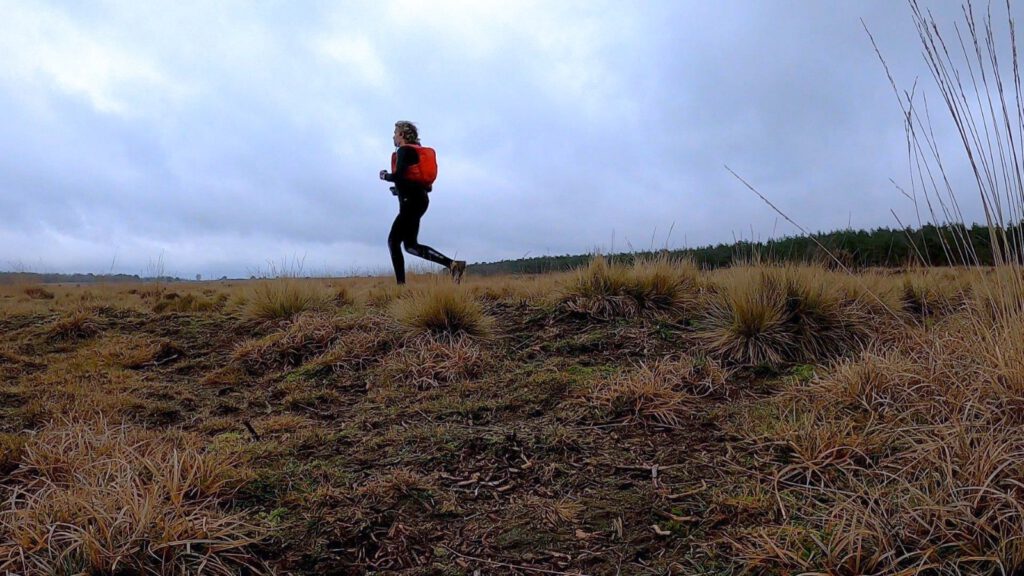
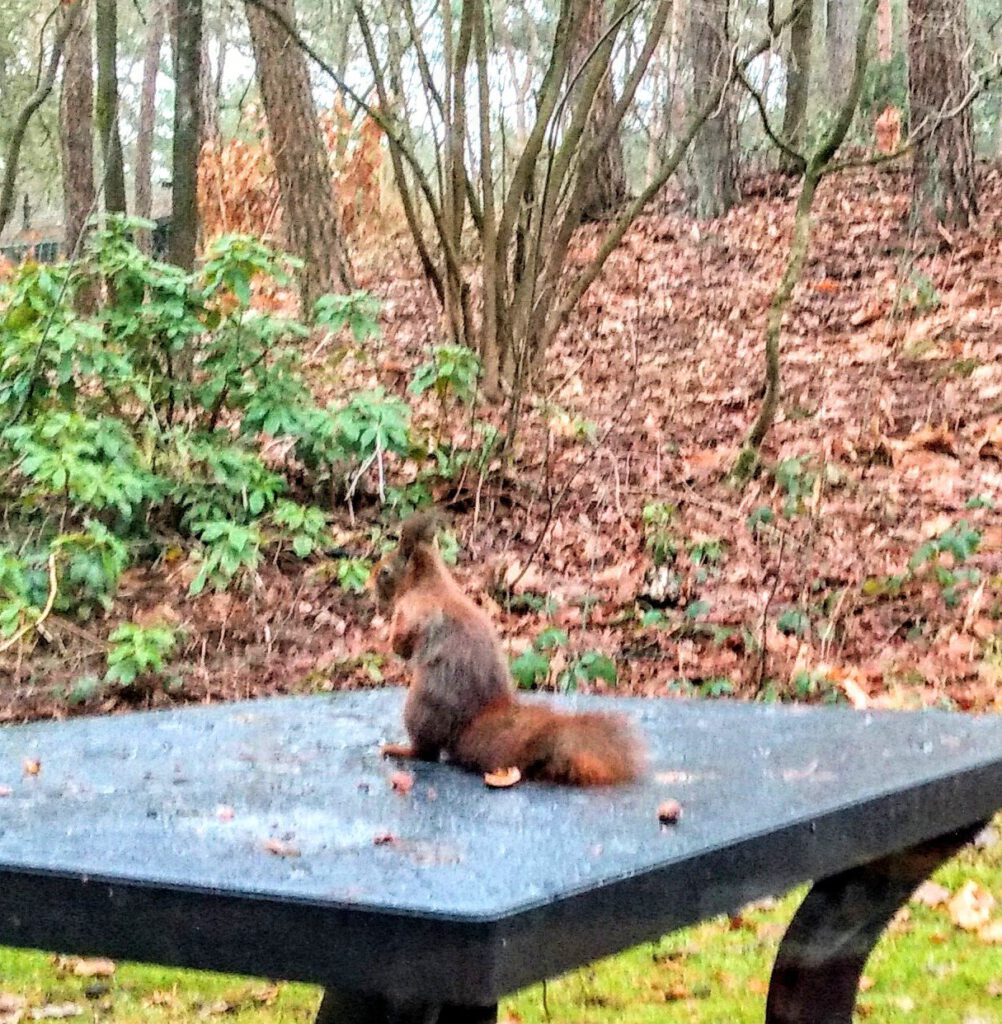
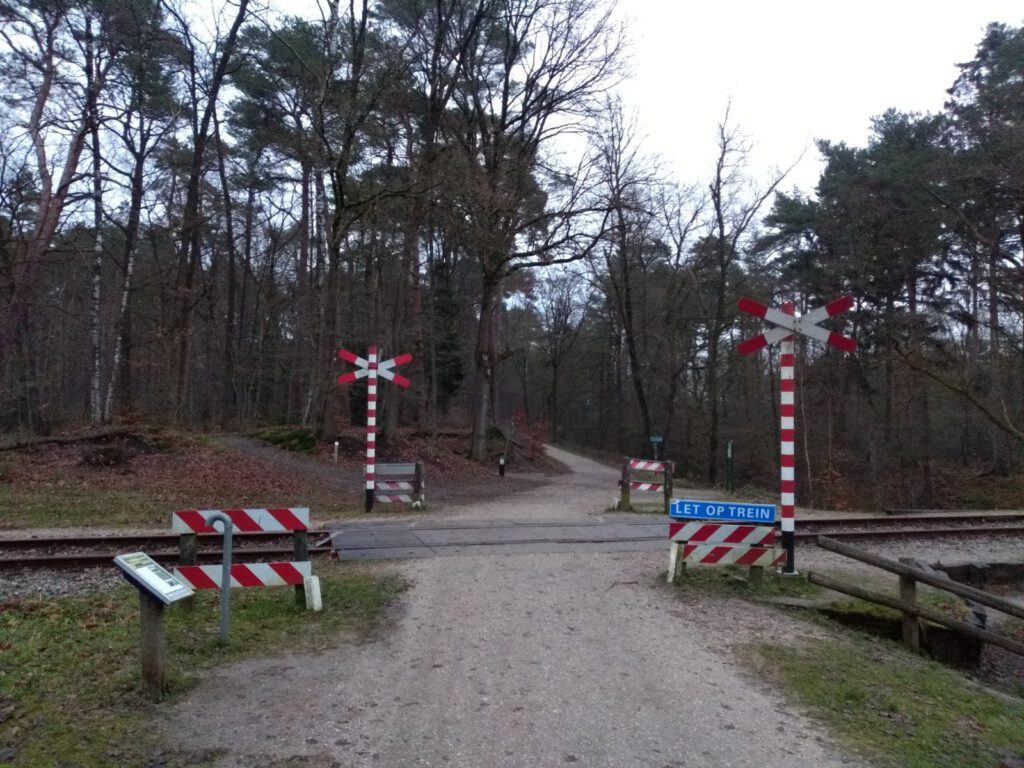
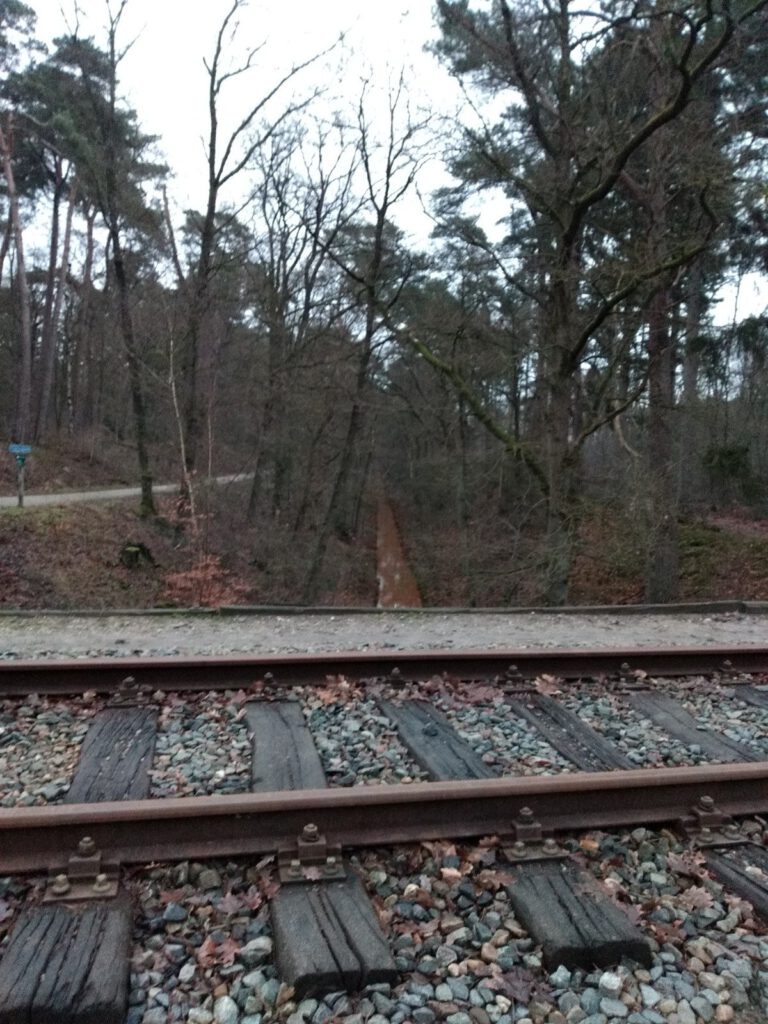
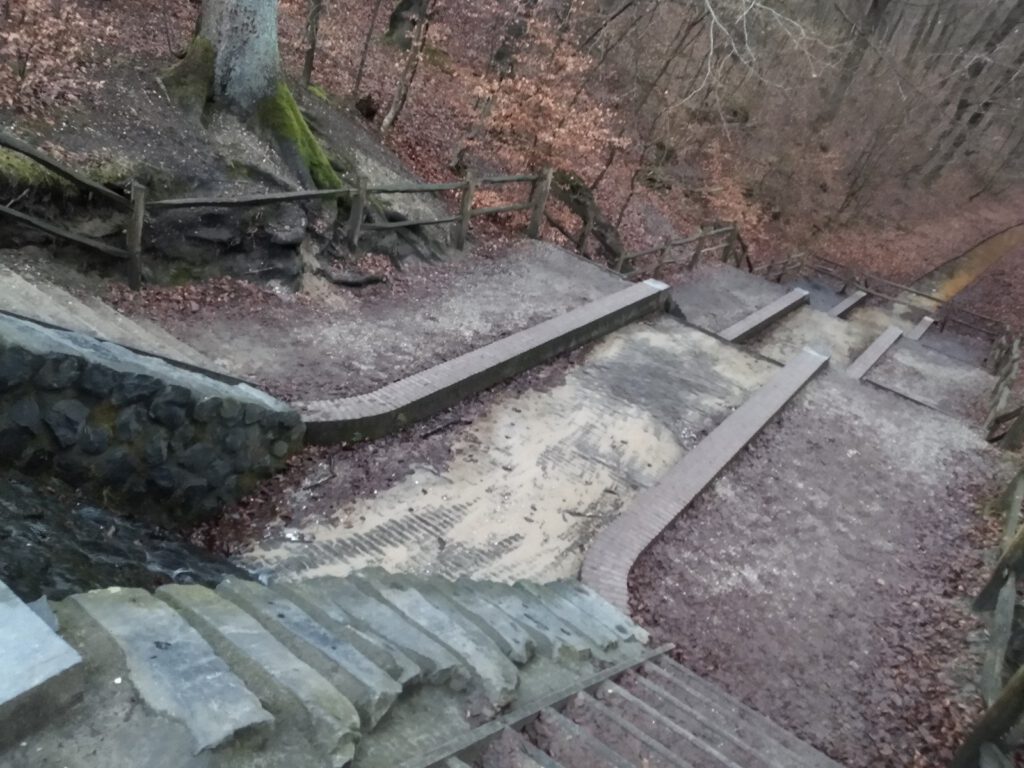
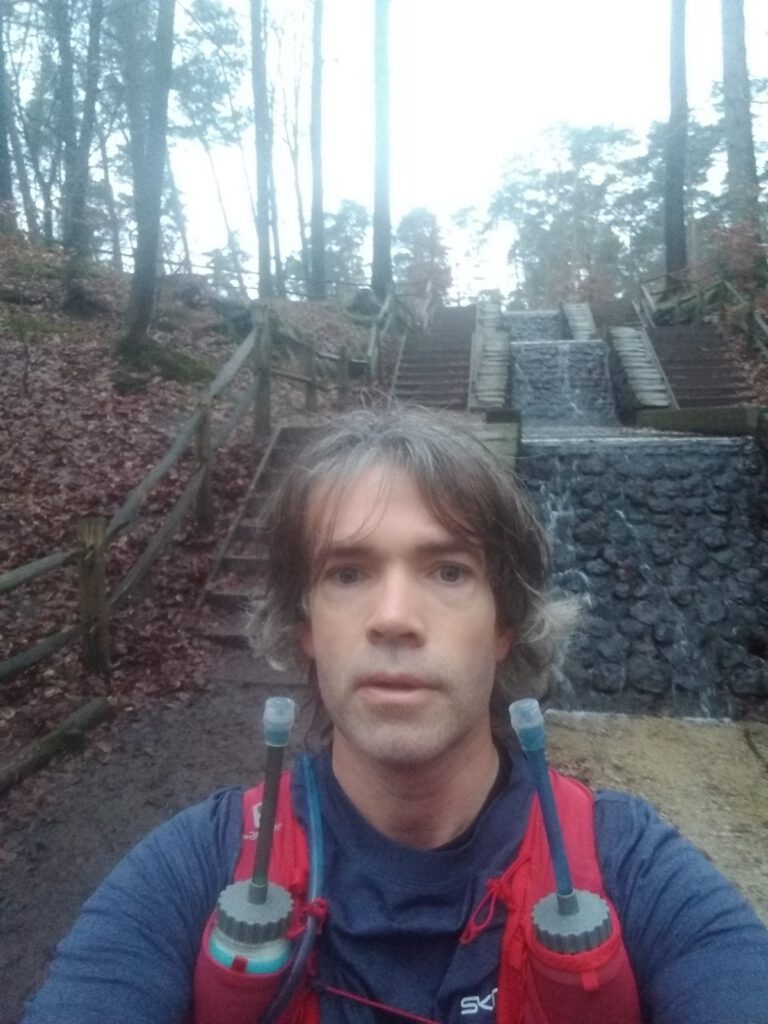
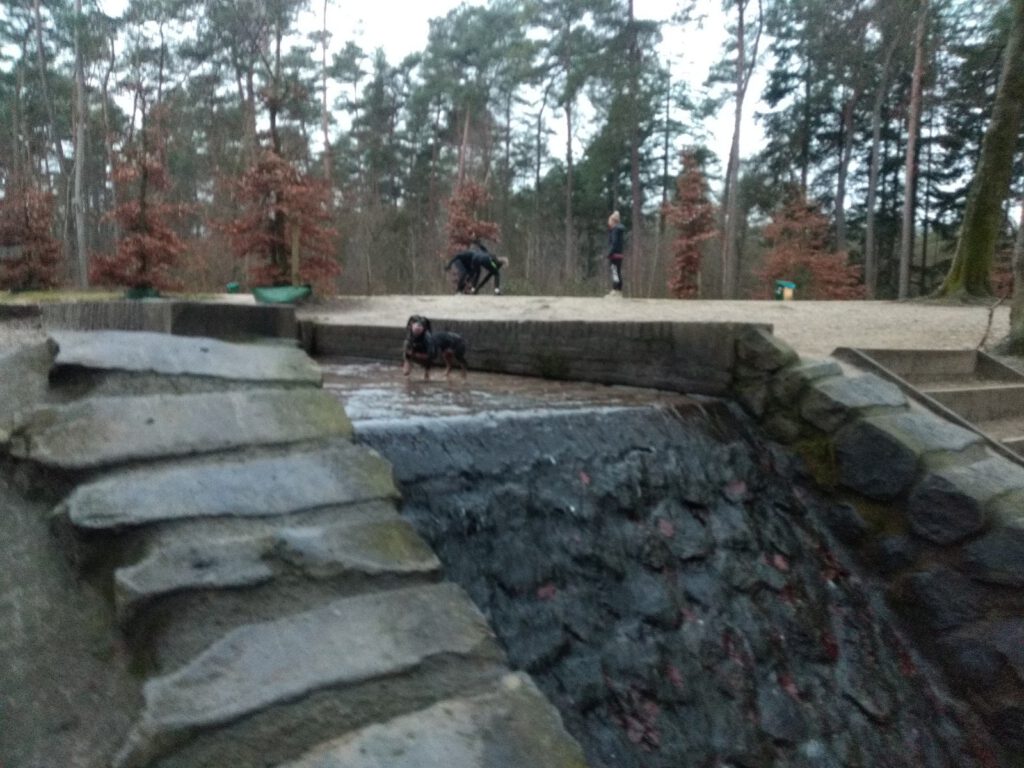
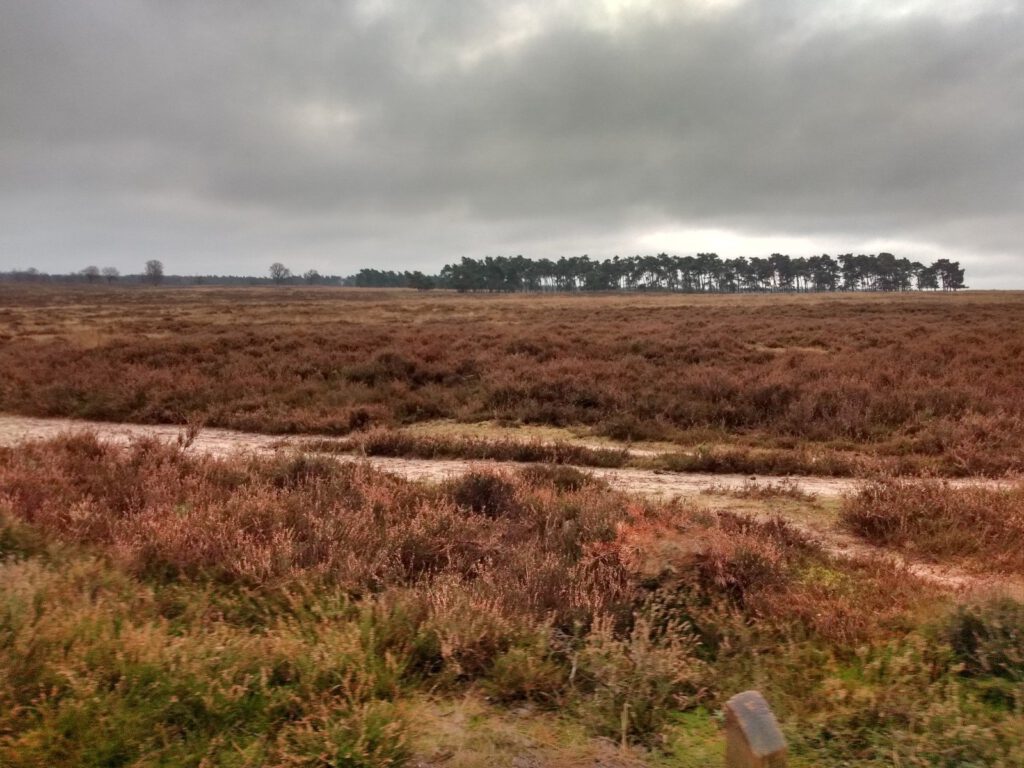
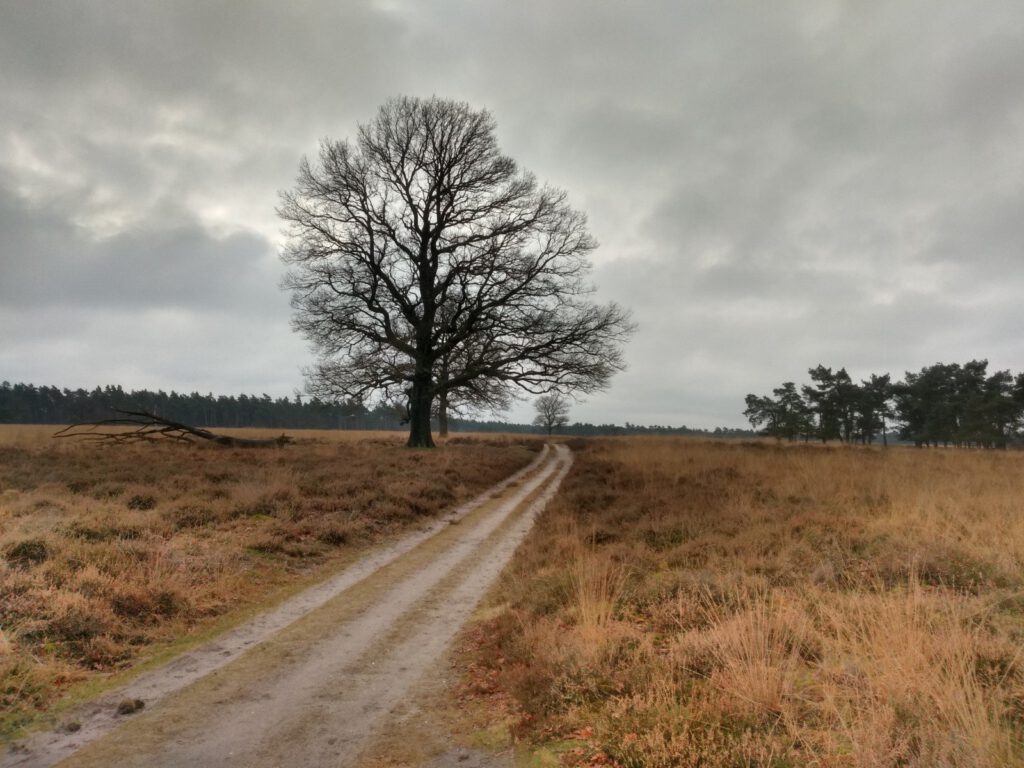
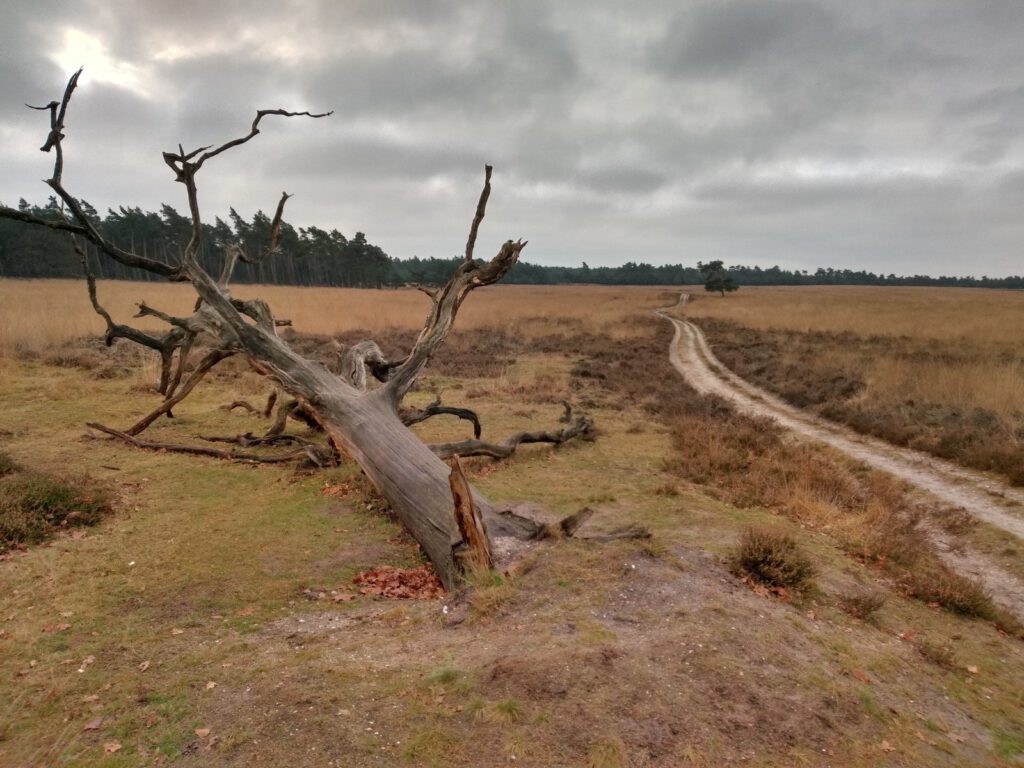
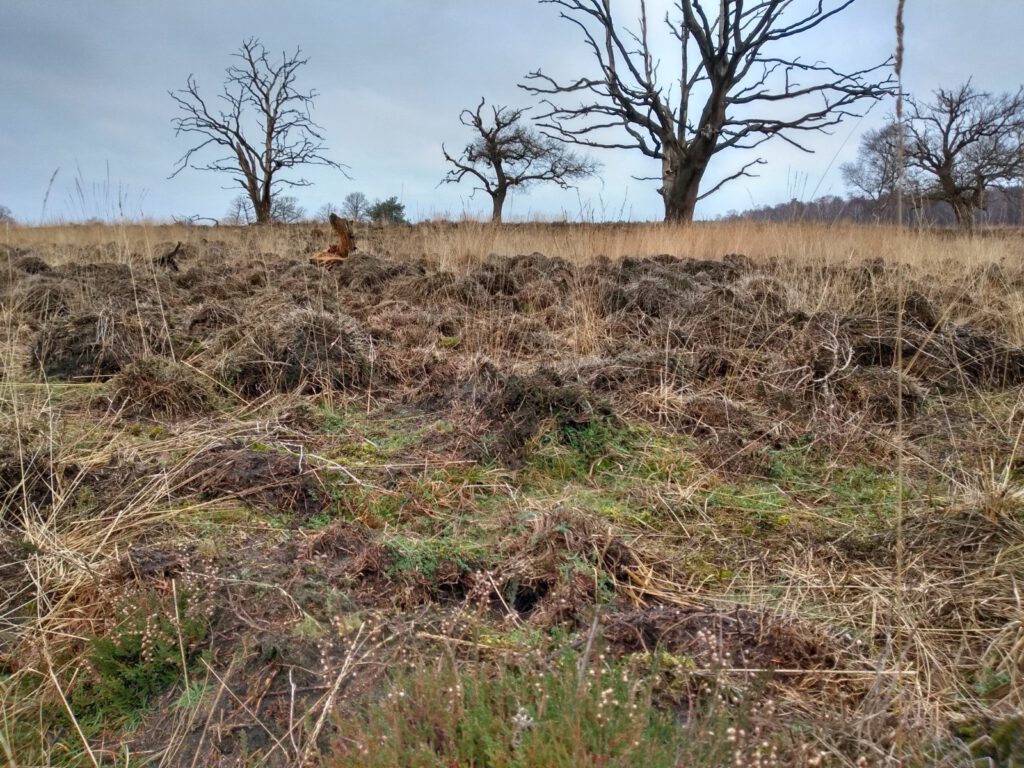
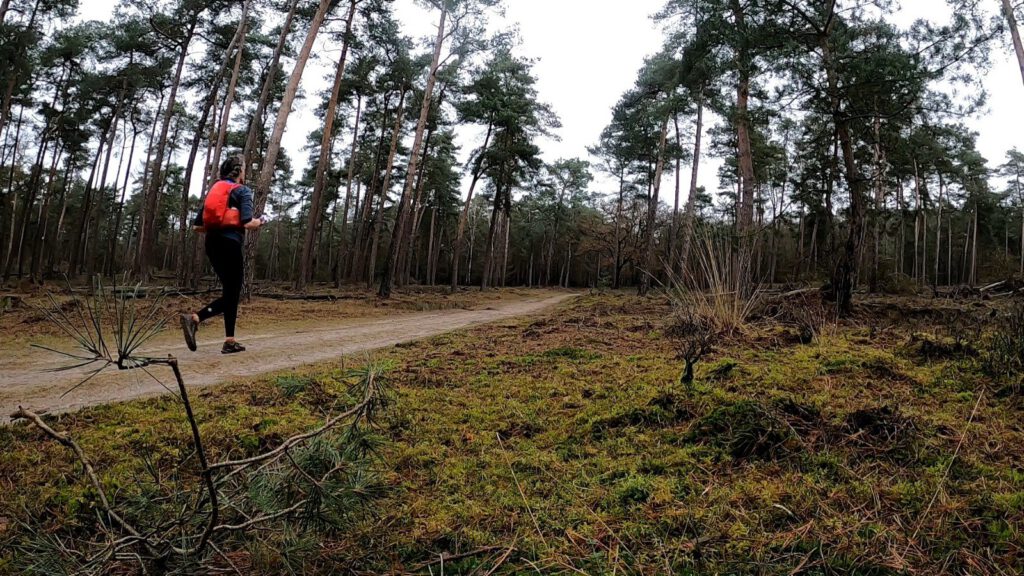
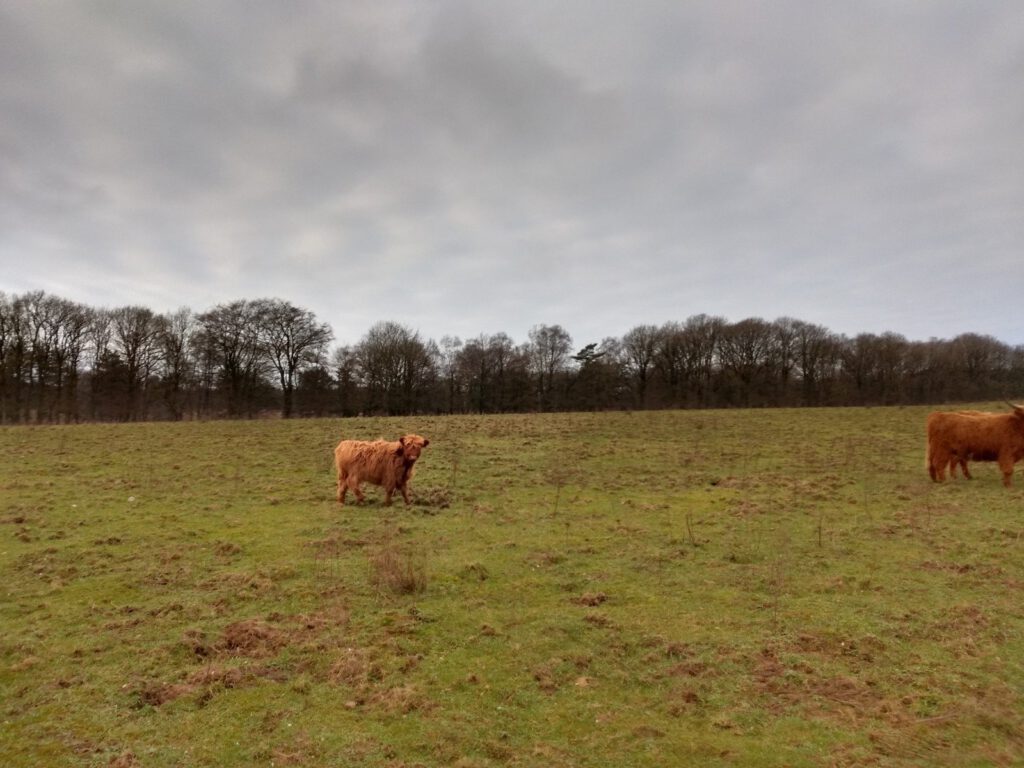
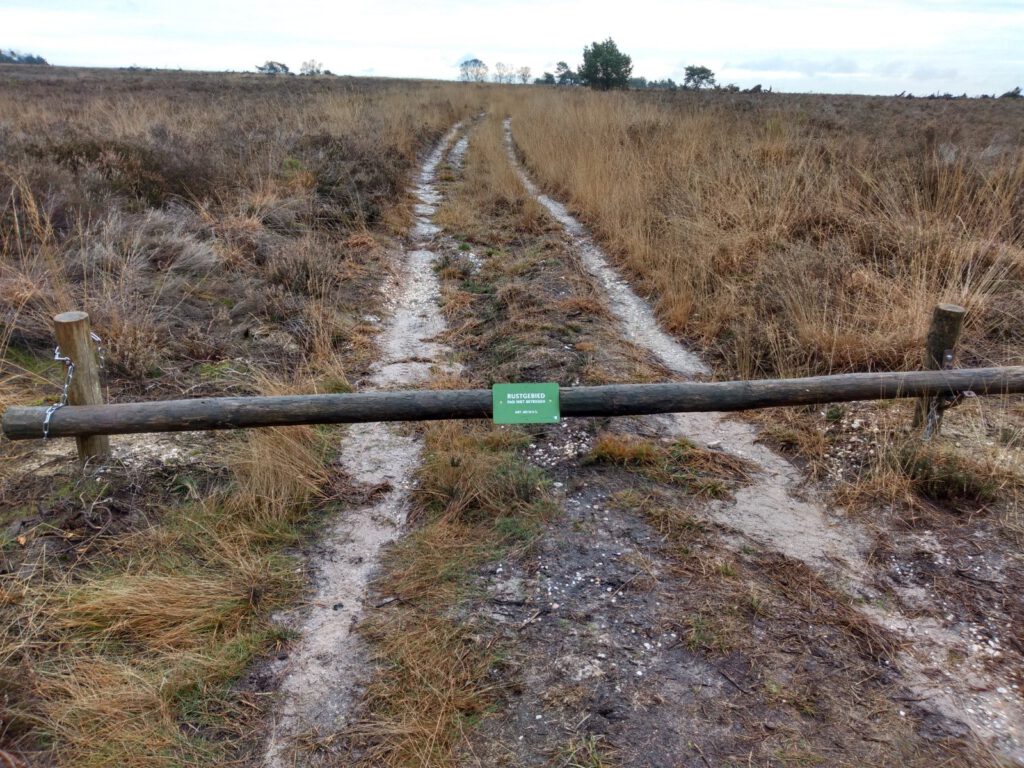
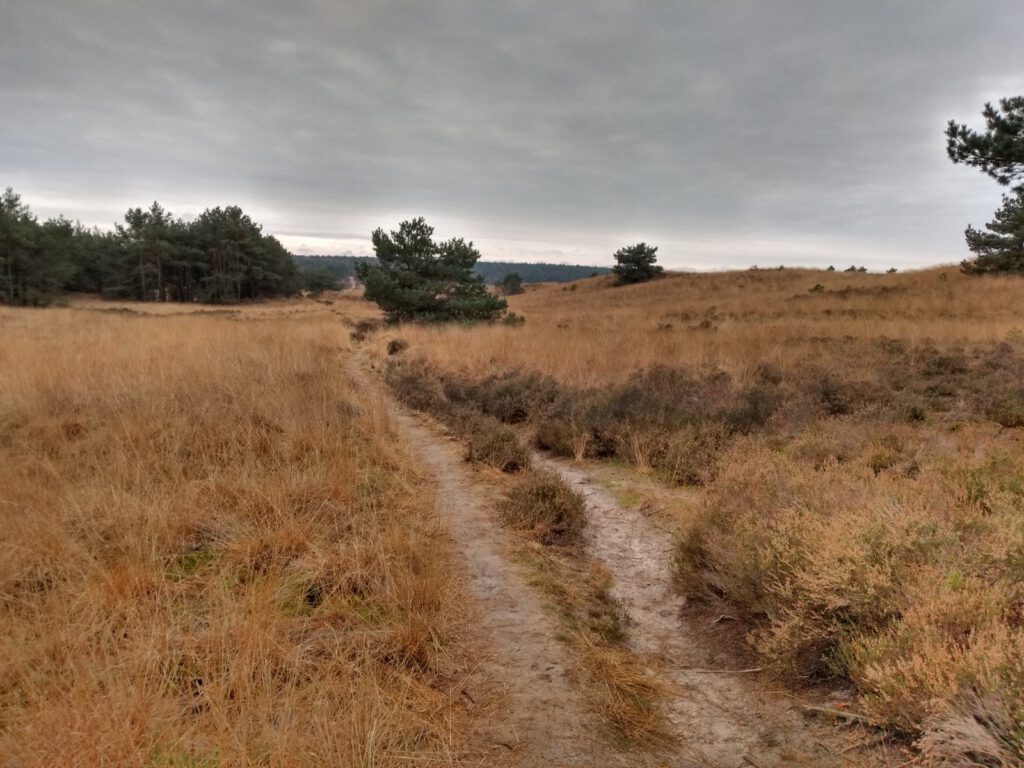
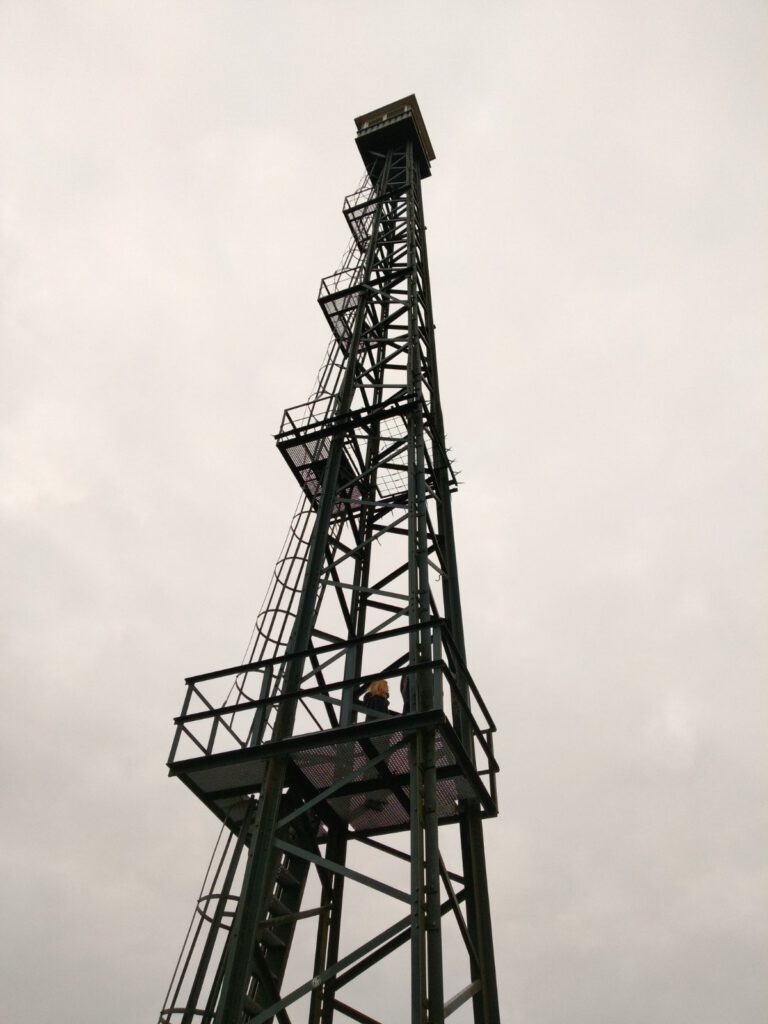
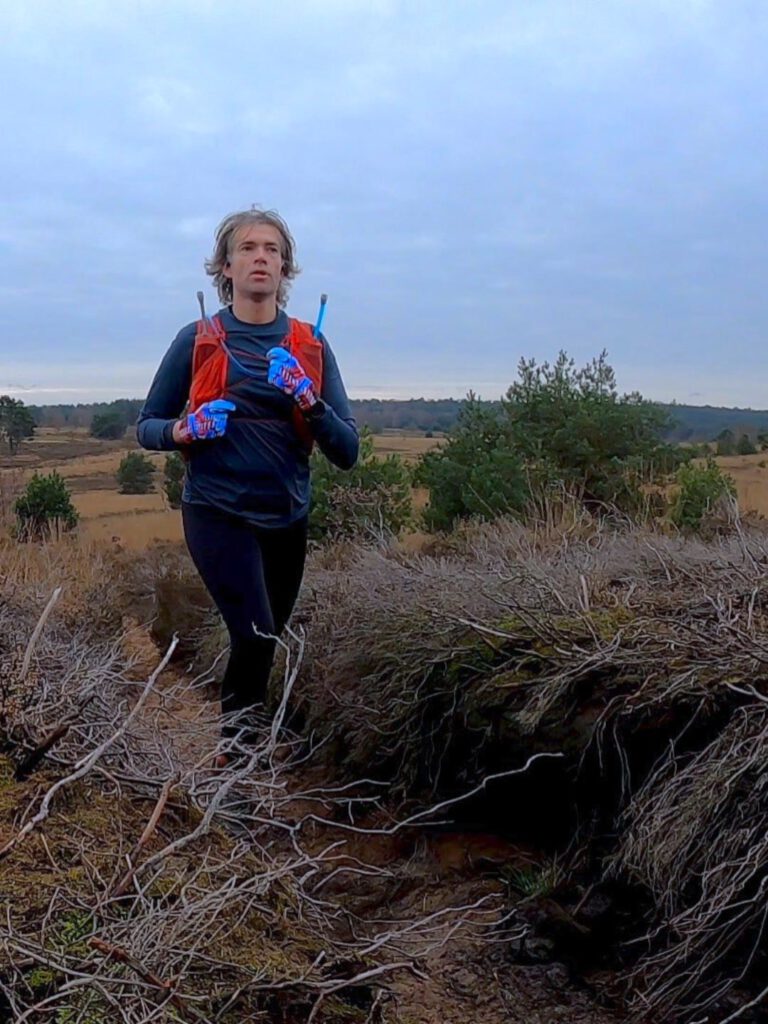
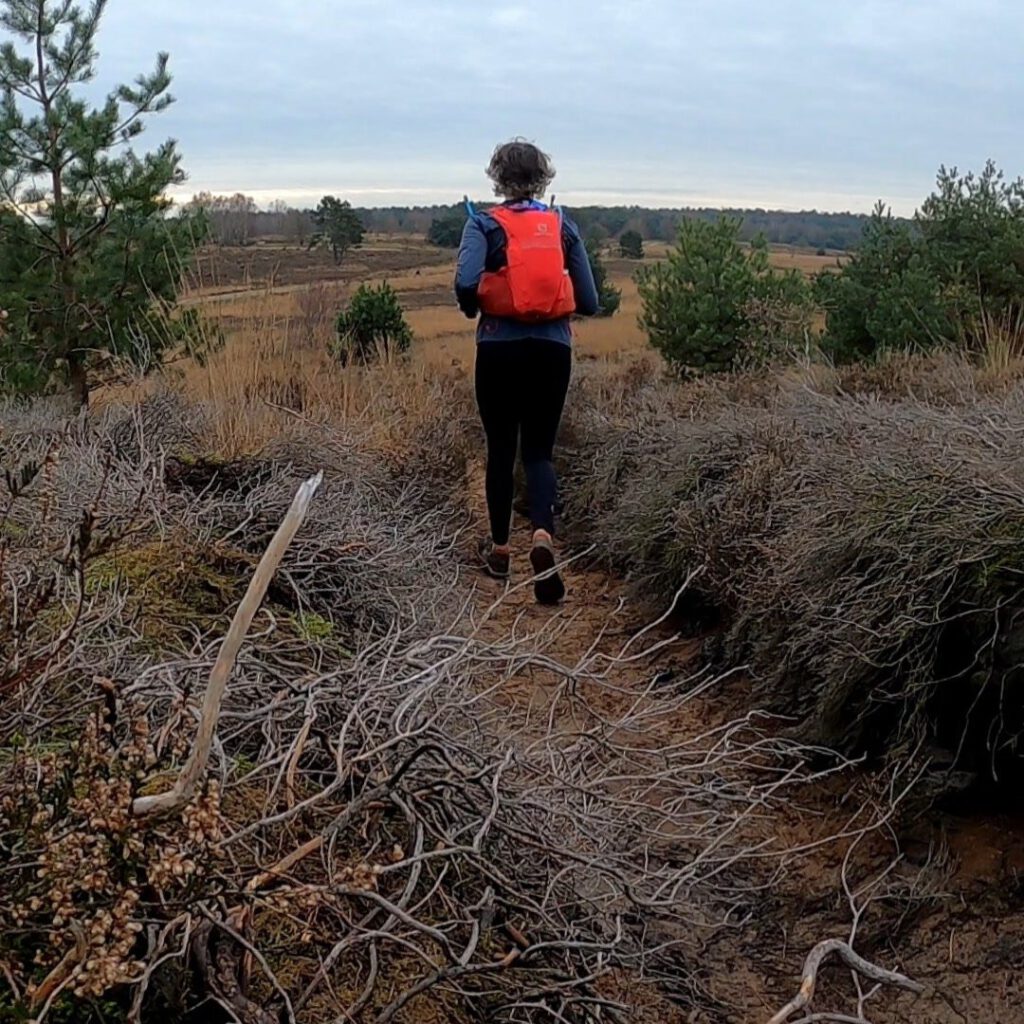
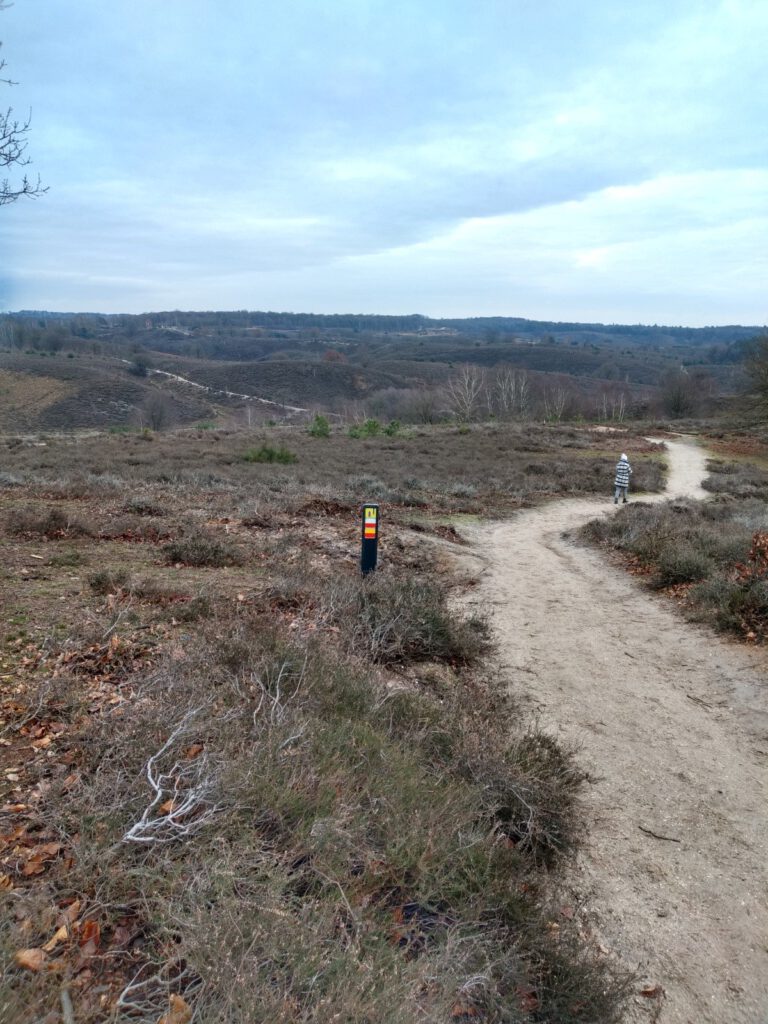
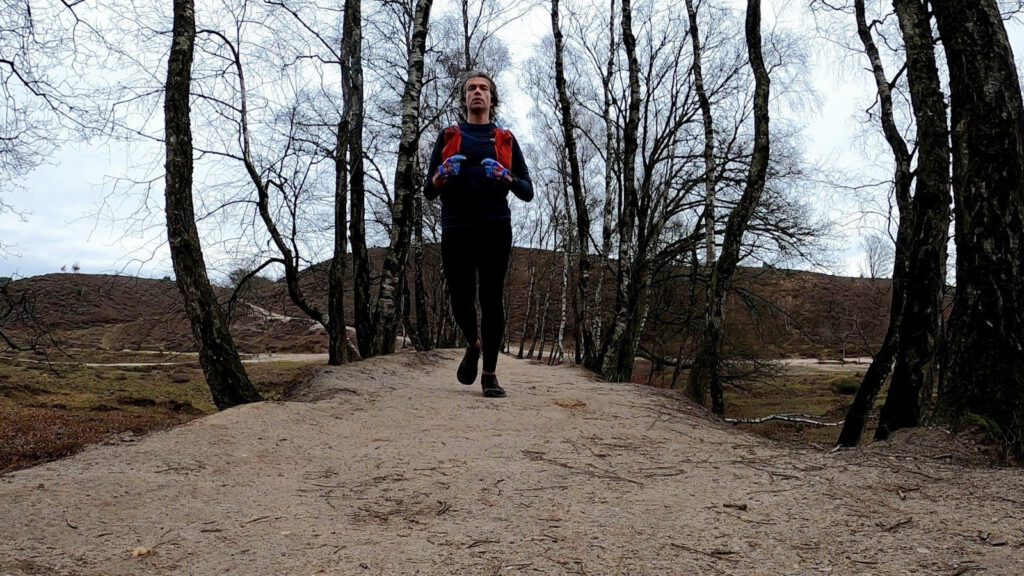
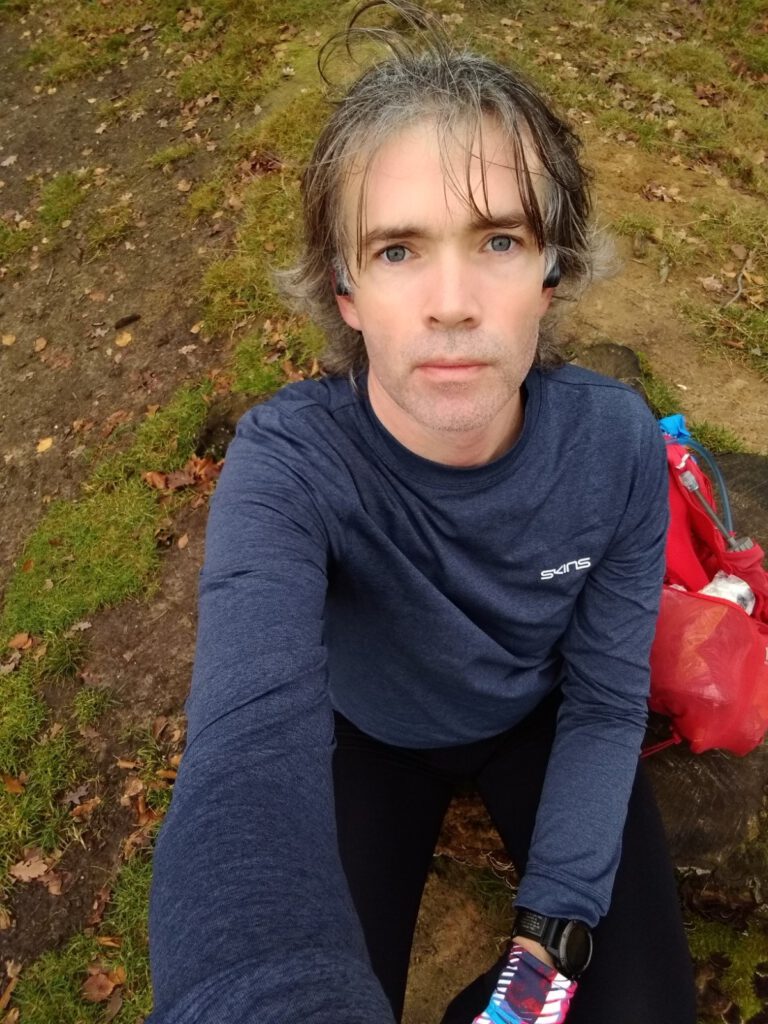
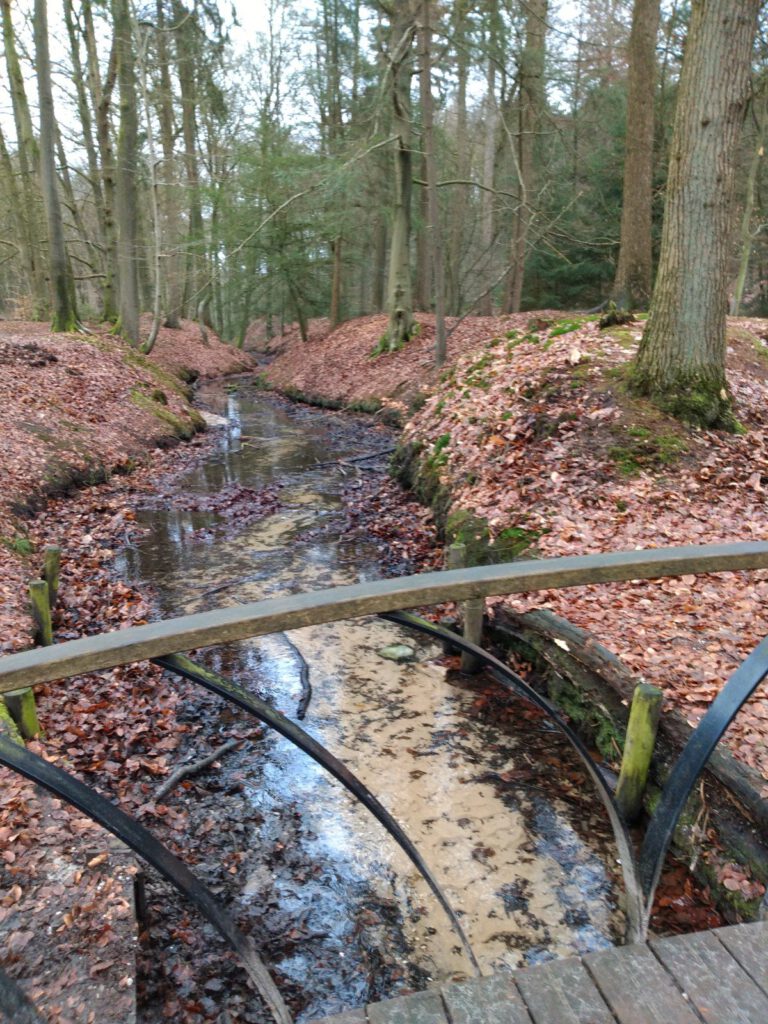
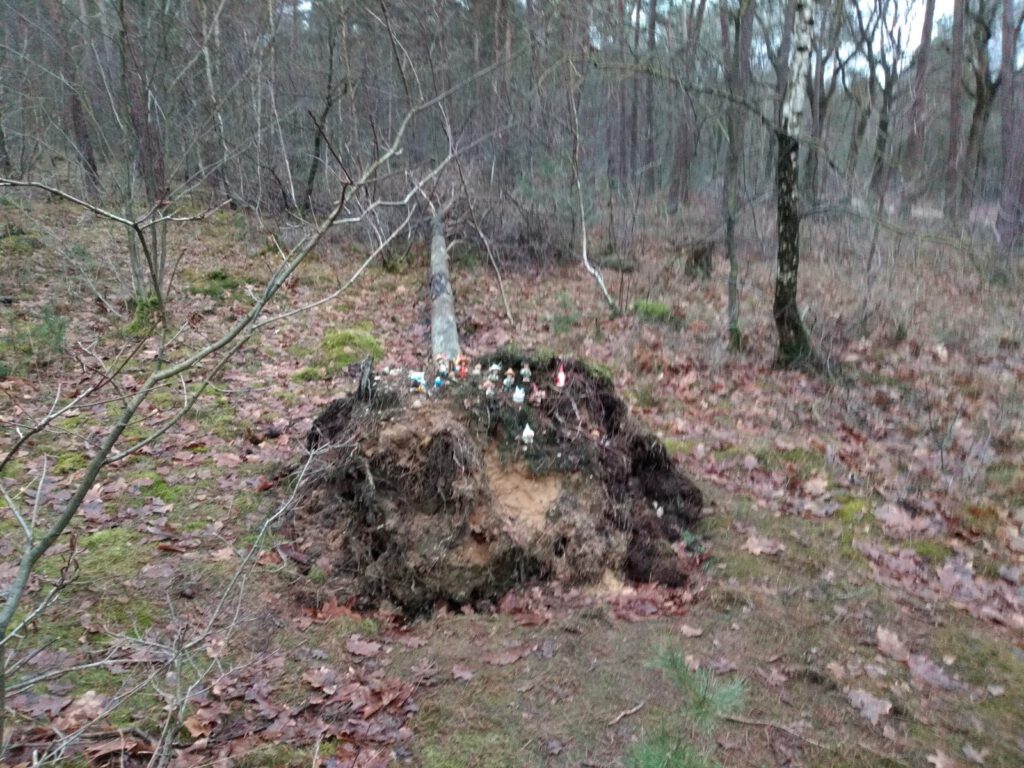
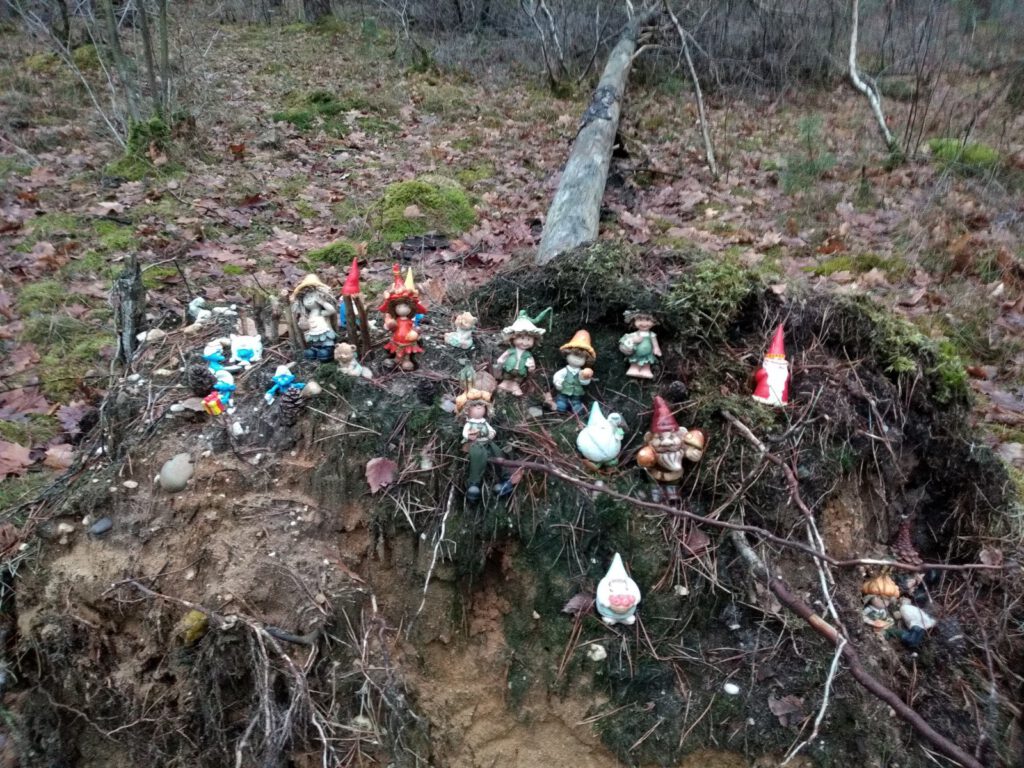
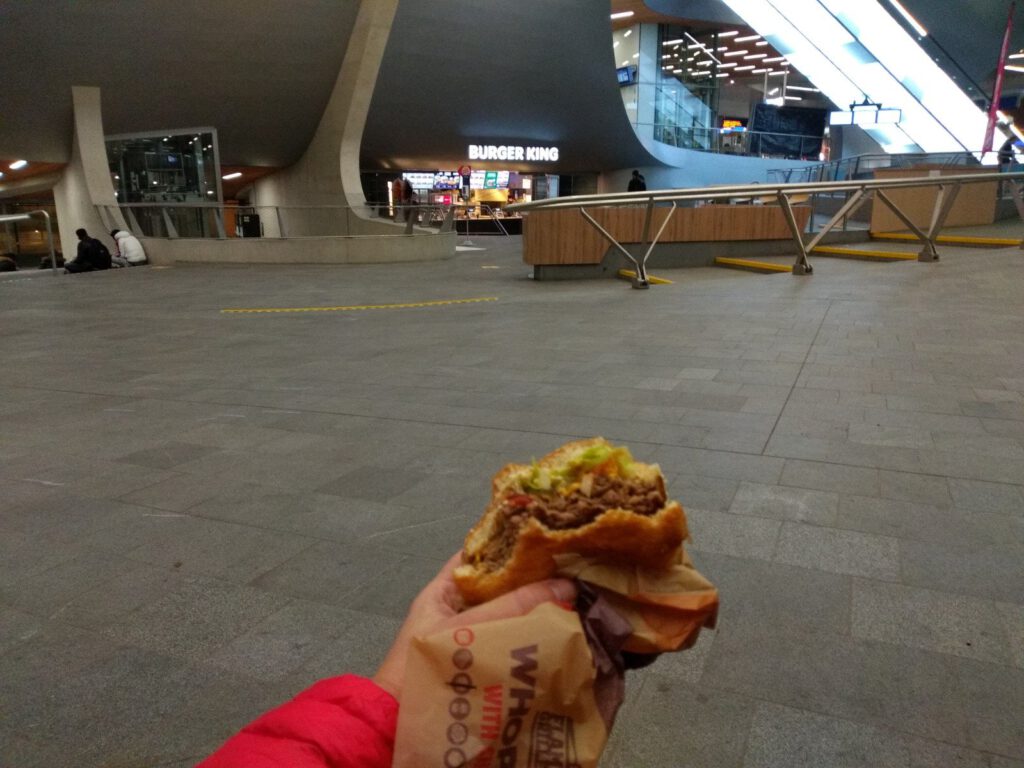
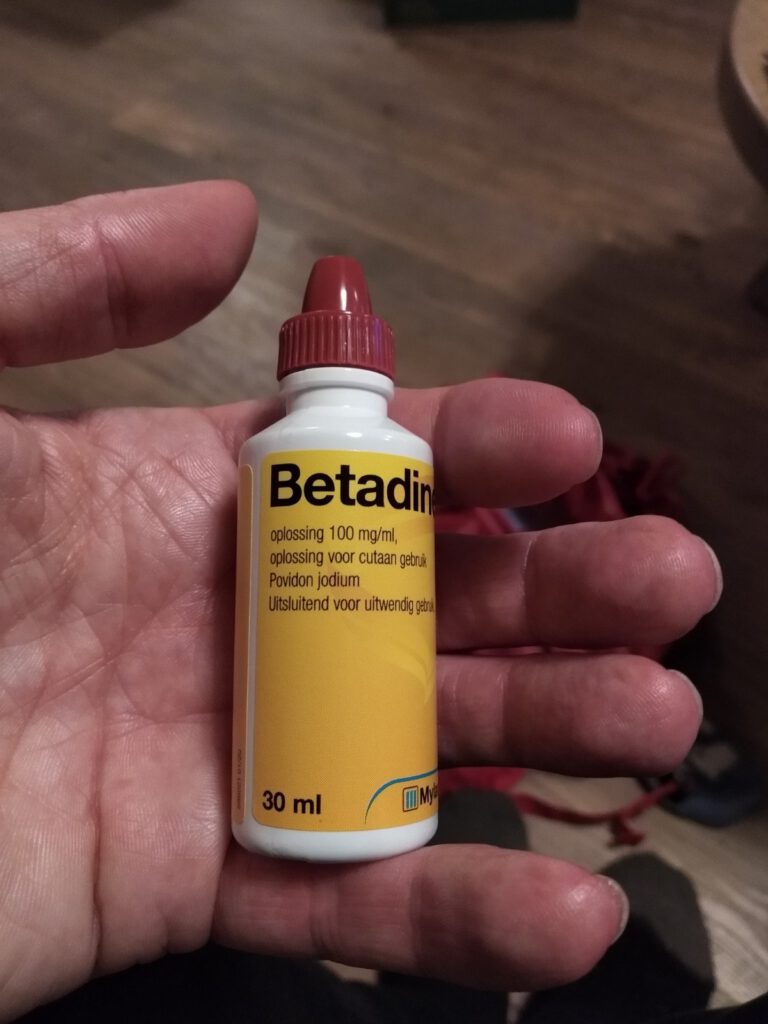
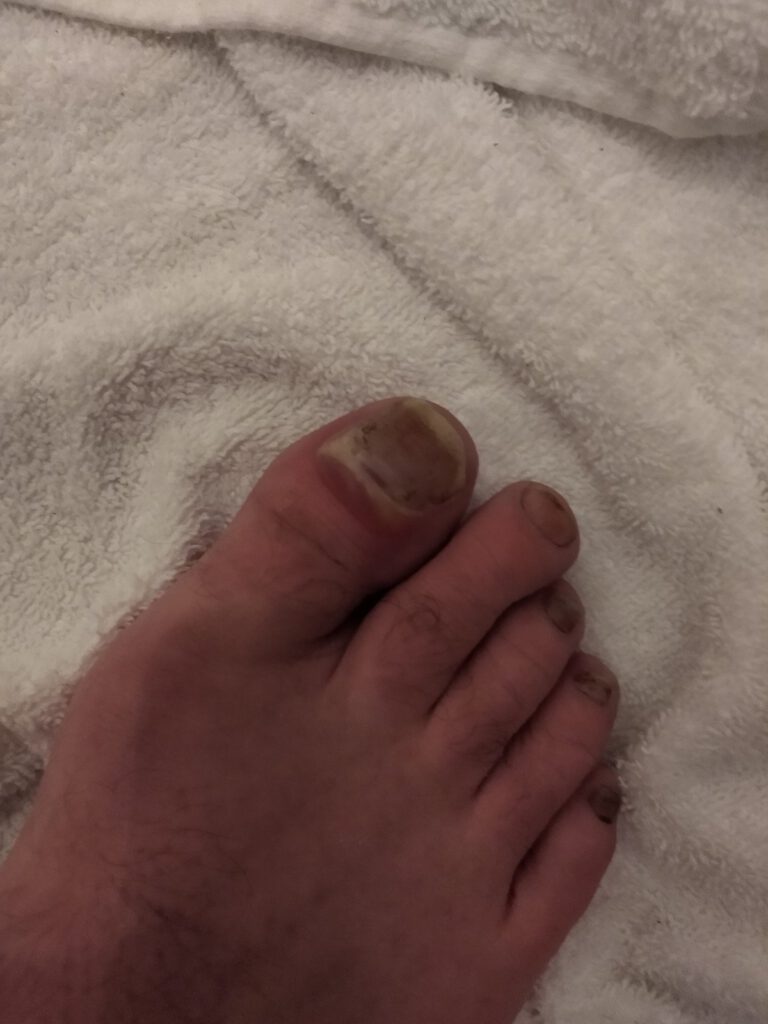
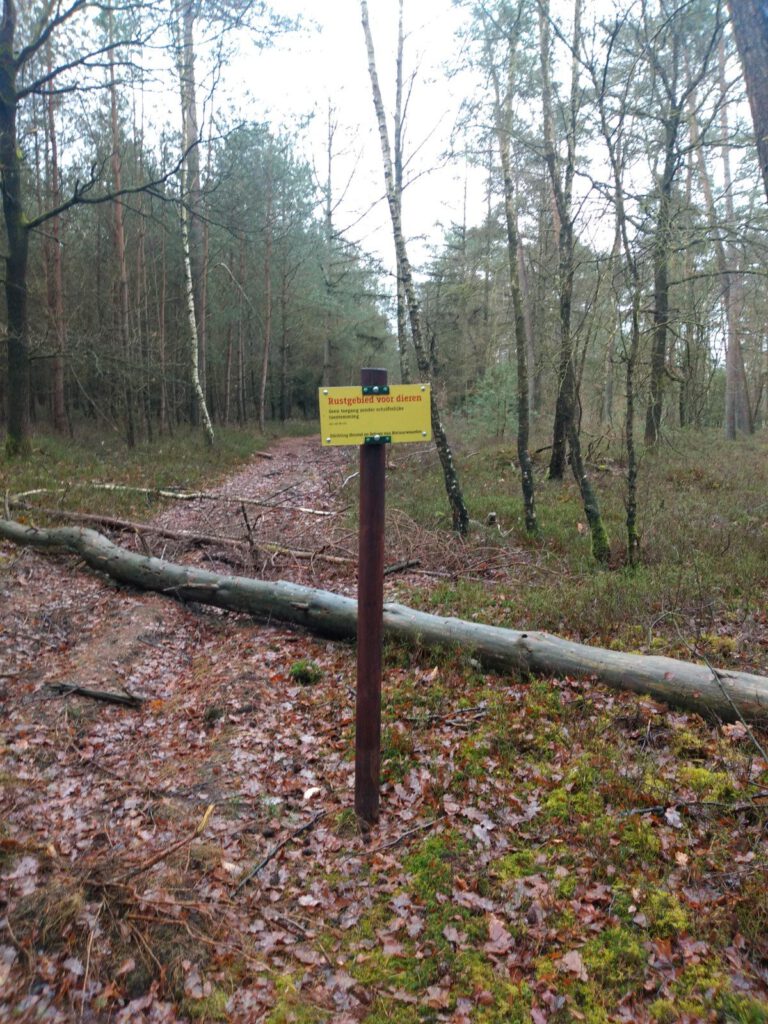
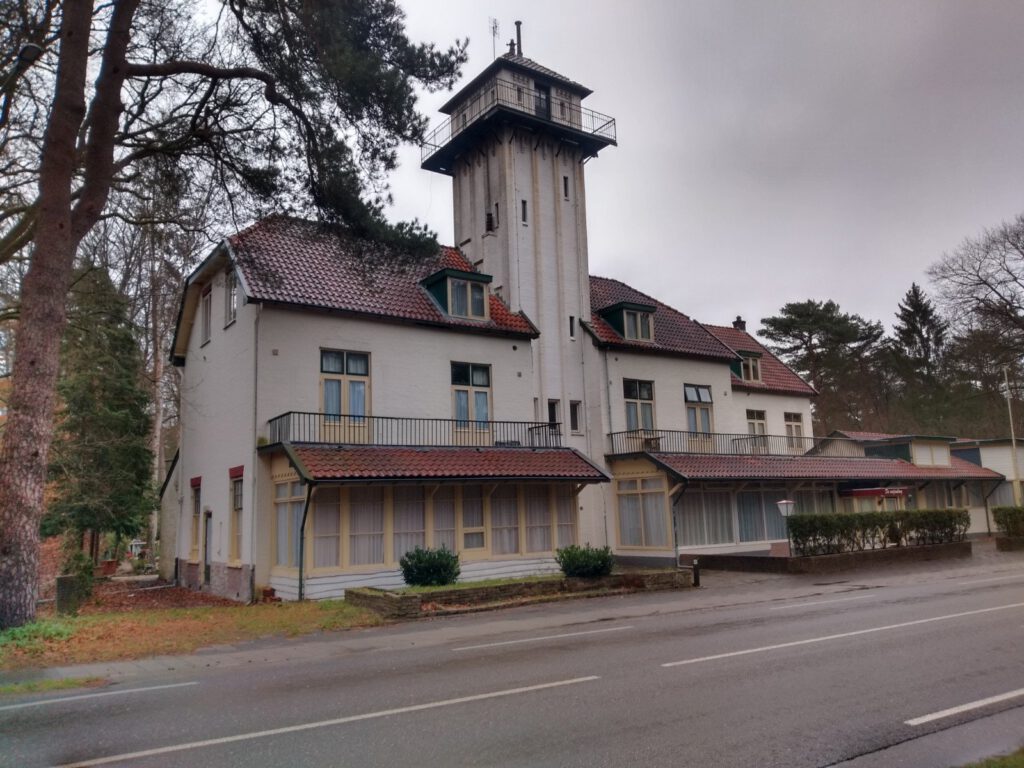
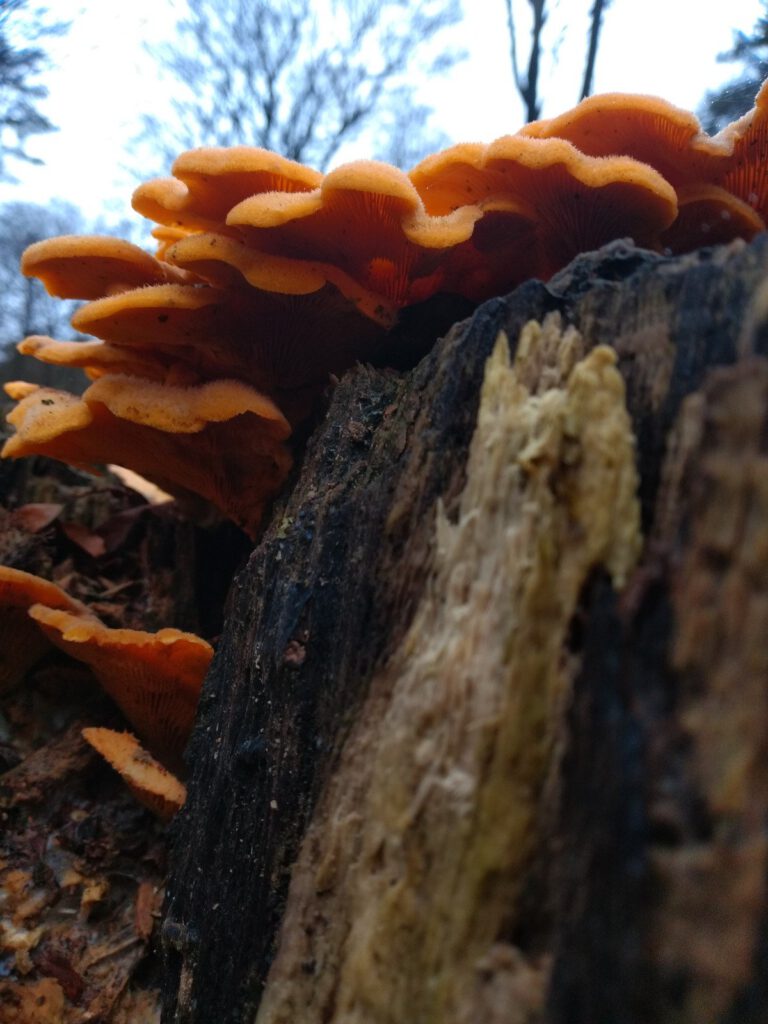
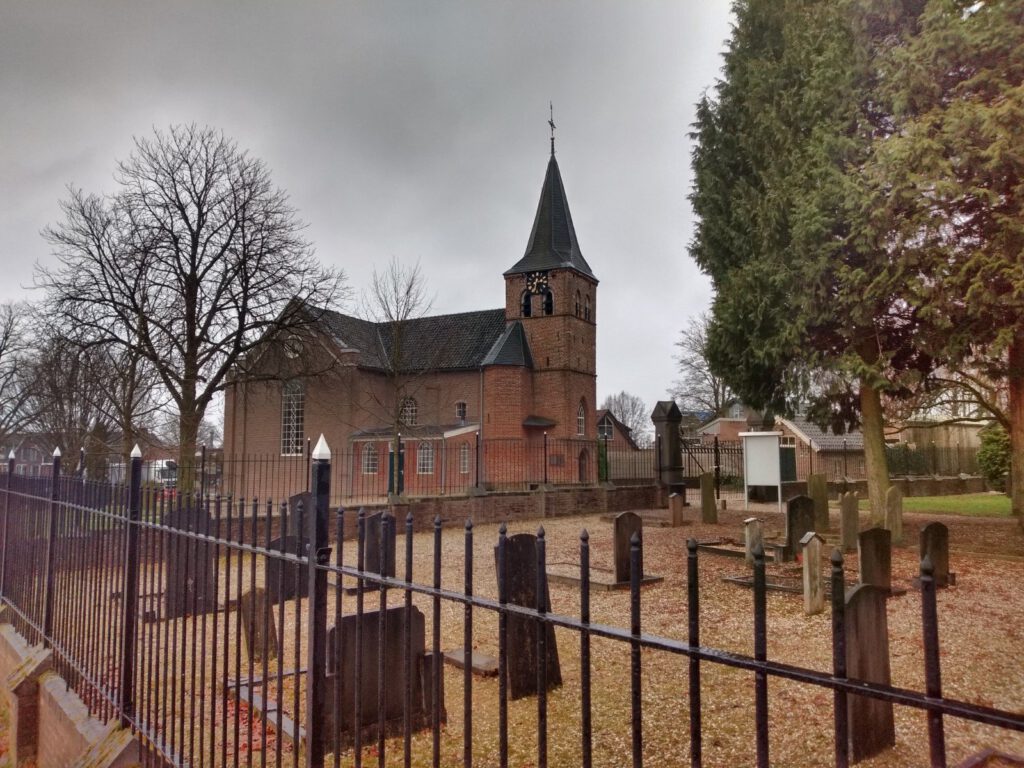
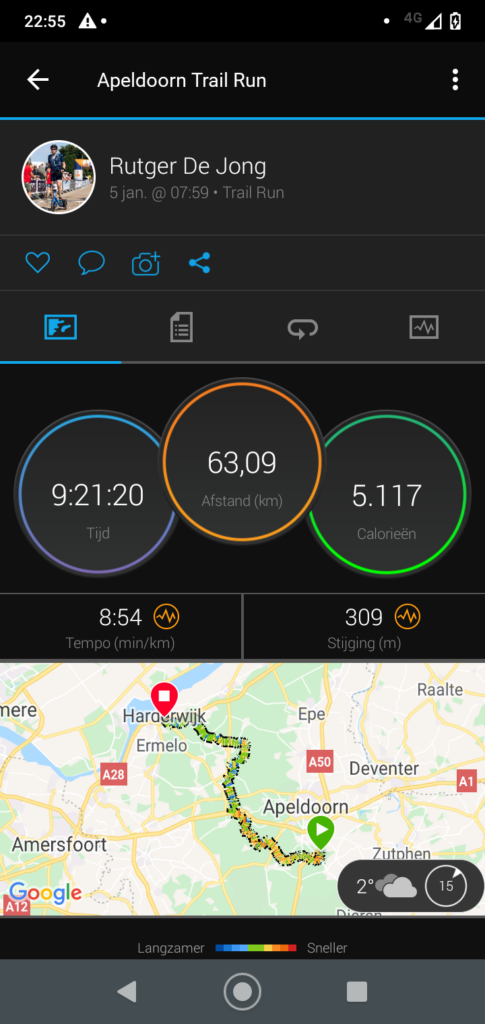
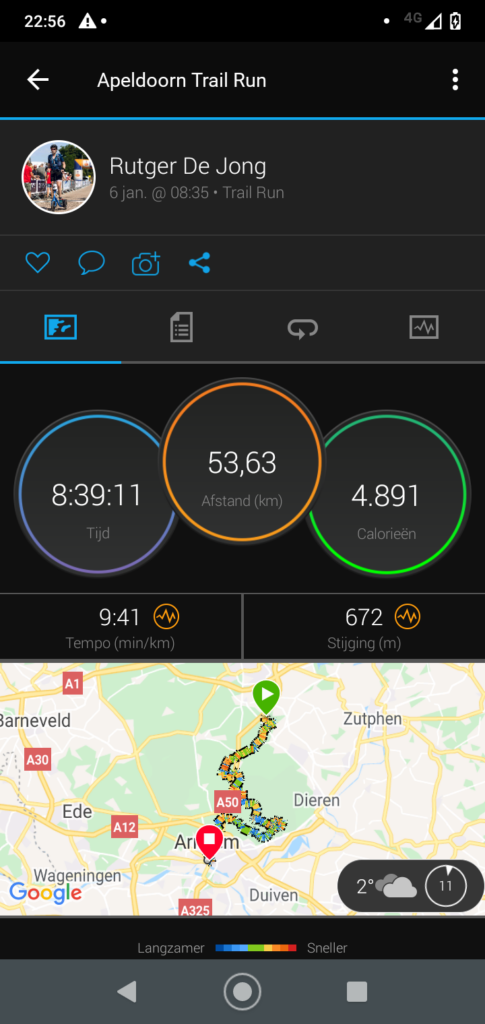
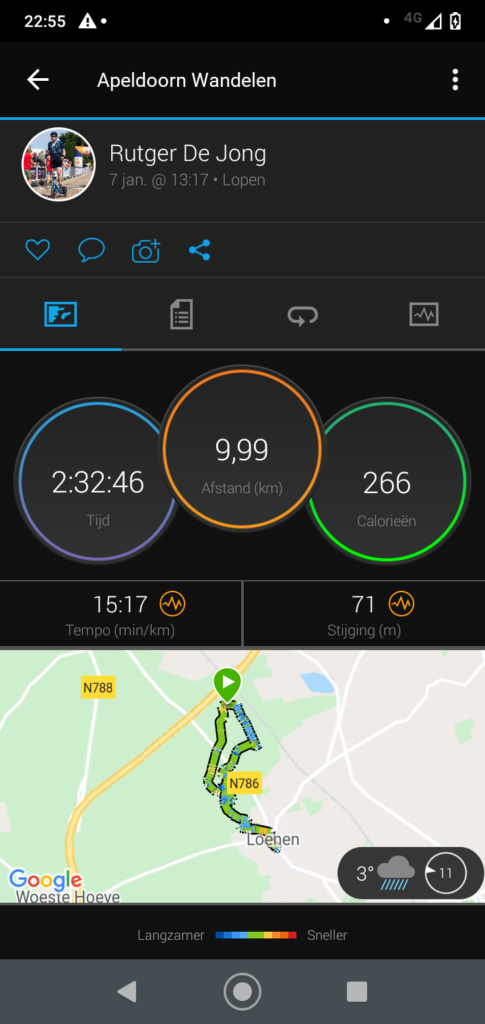
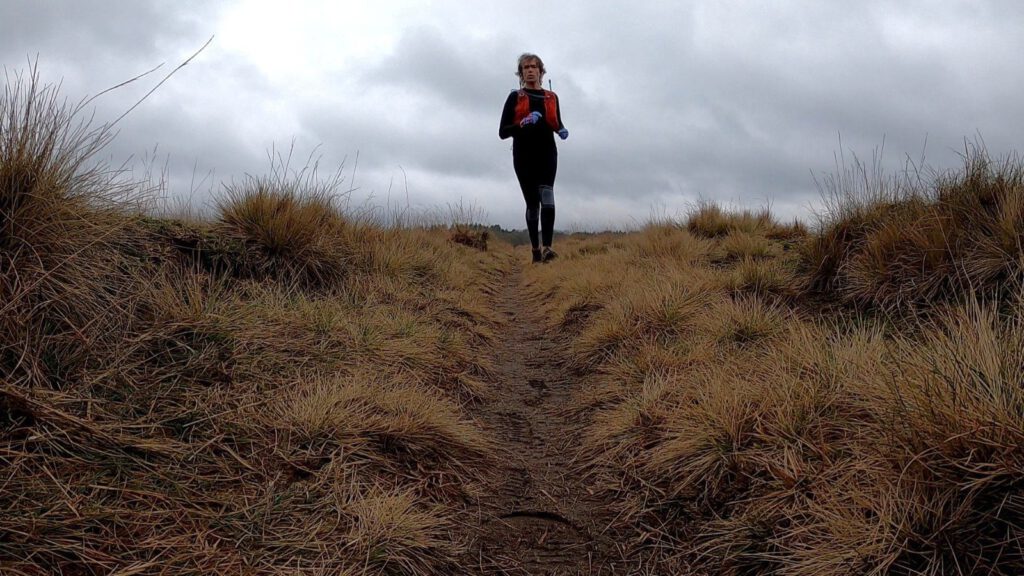
Nice reading food.
Good to know that arranging one's own place to sleep might have its advantages. Based on your comment about your jacket, I ordered one today. Handy so’n piece.
How many gallons is your backpack for this two-day one?
Did you take that photo’s of yourself (remotely) with a timer?
Good luck with your next adventure.
Good to hear you like to read it. And that it inspires.
I now bring a fairly standard Salomon Adv Skin 12 (12l). That's enough on its own, unless you want to bring a lot of extra clothing. That's why I'm now also looking at an XA 25 that's just a little bit bigger and with which you can do real fastpacking.
As a camera I use a gopro 8 with shorty. It fits in the vest and you can easily put it somewhere. With timelapse or video mode you can then quite easily photo’s take.